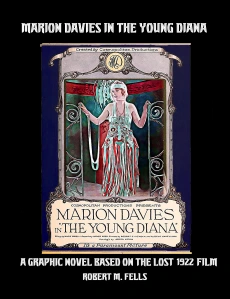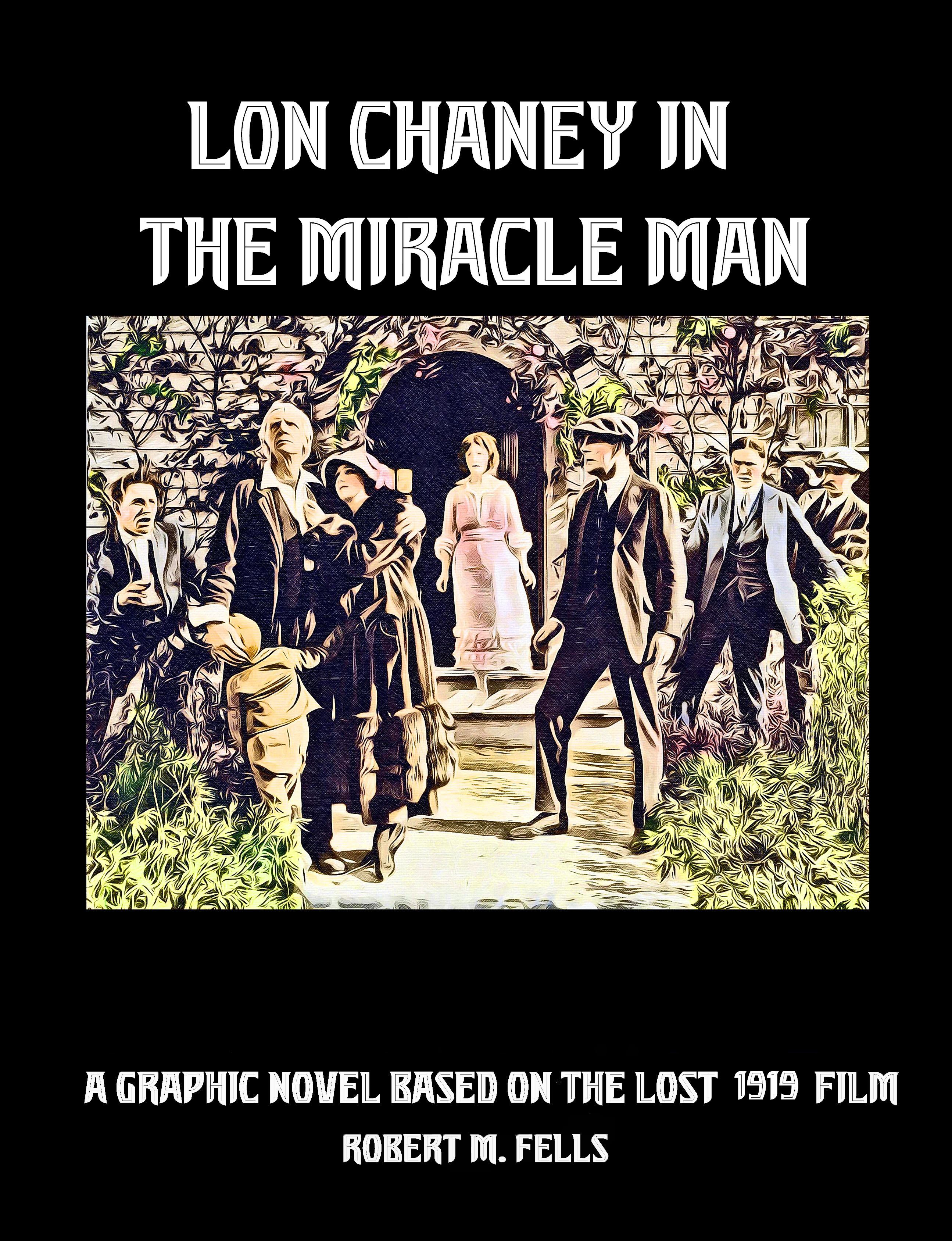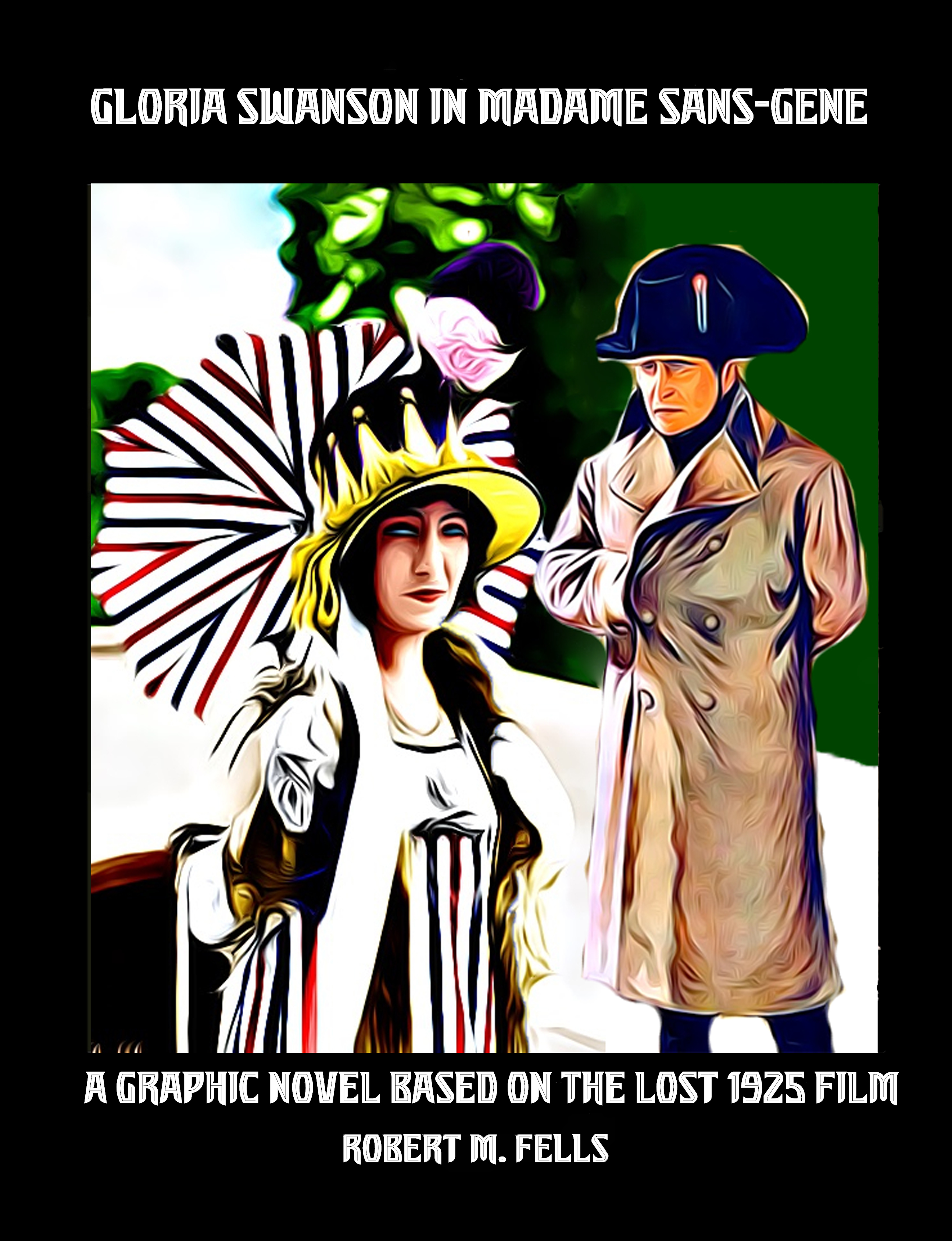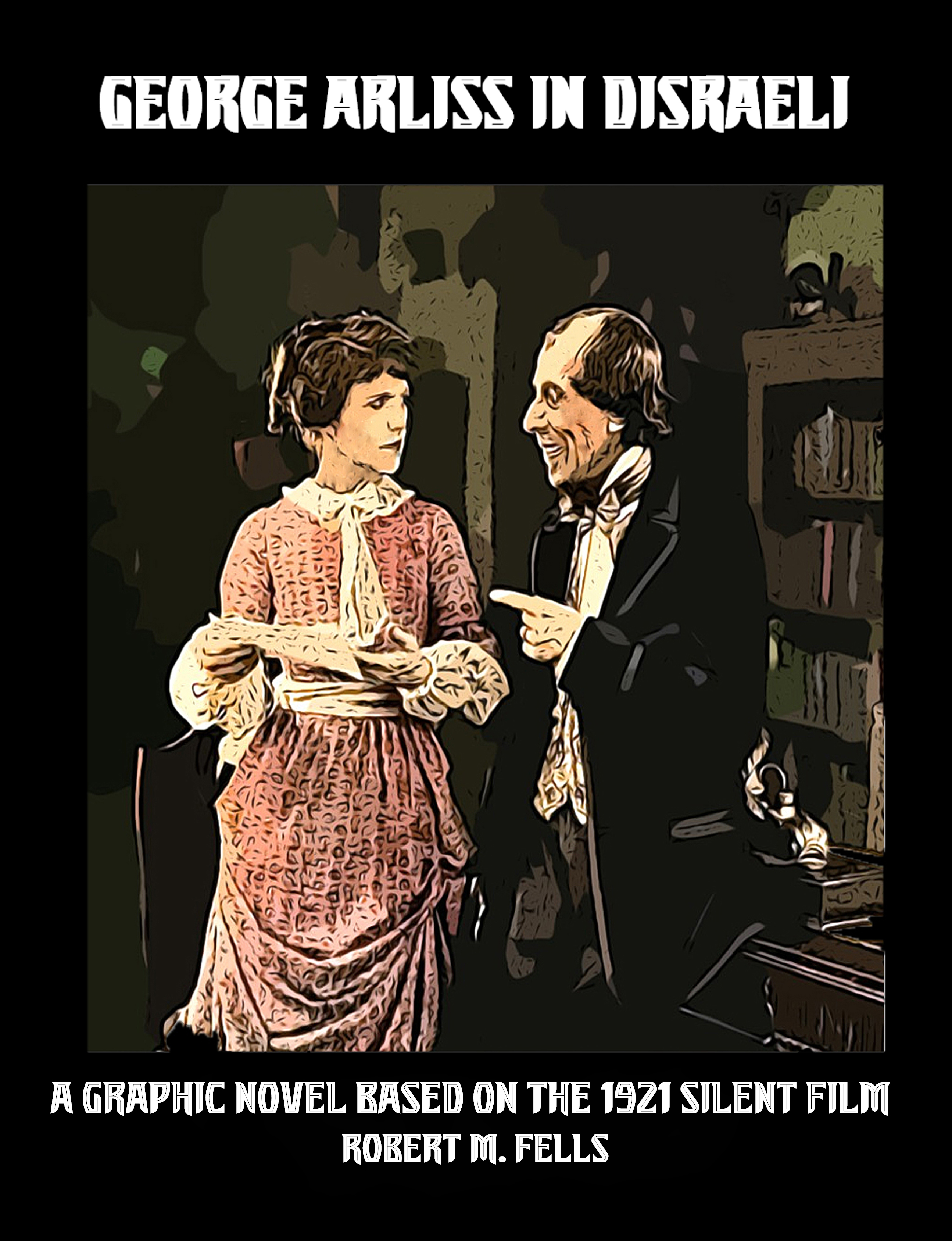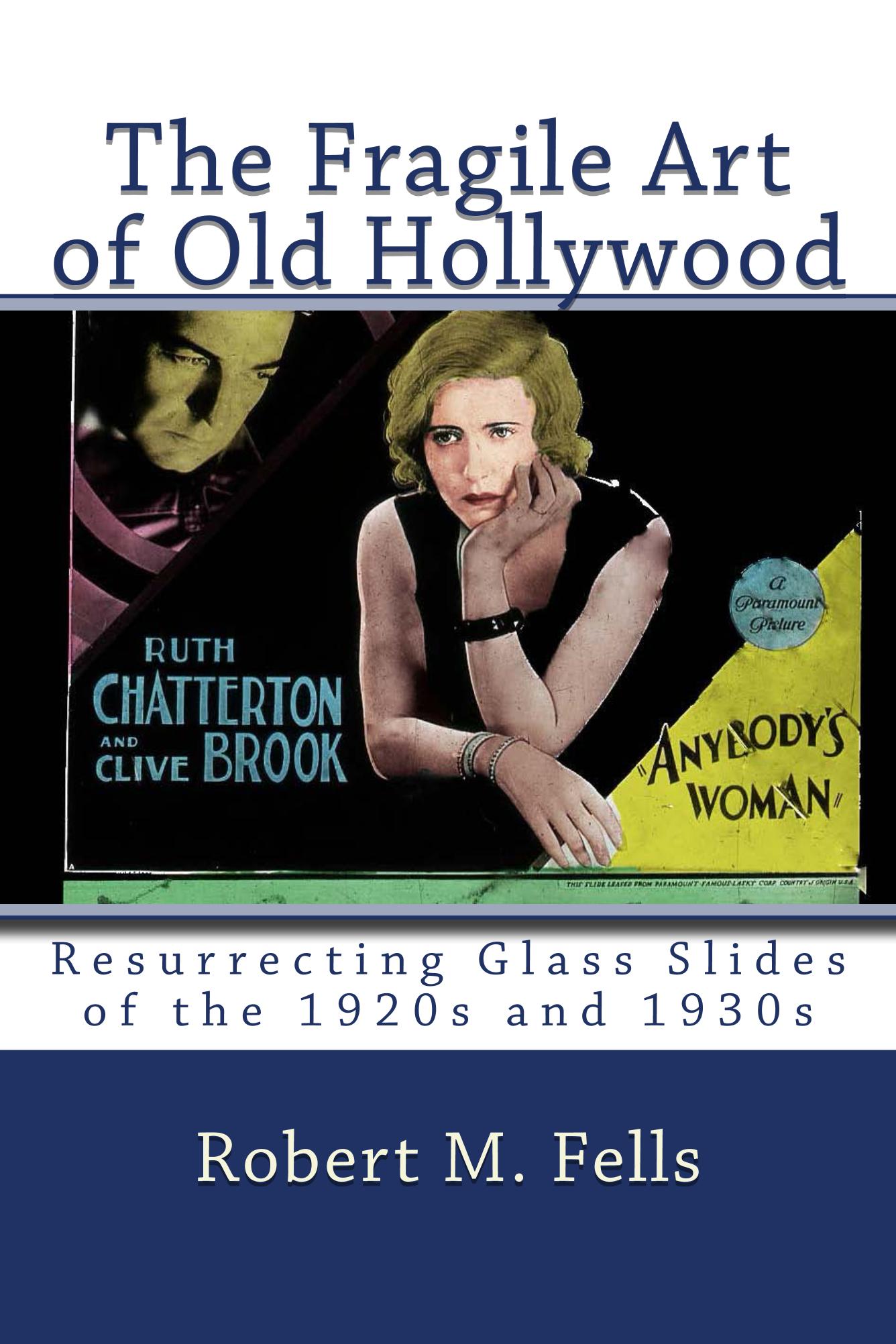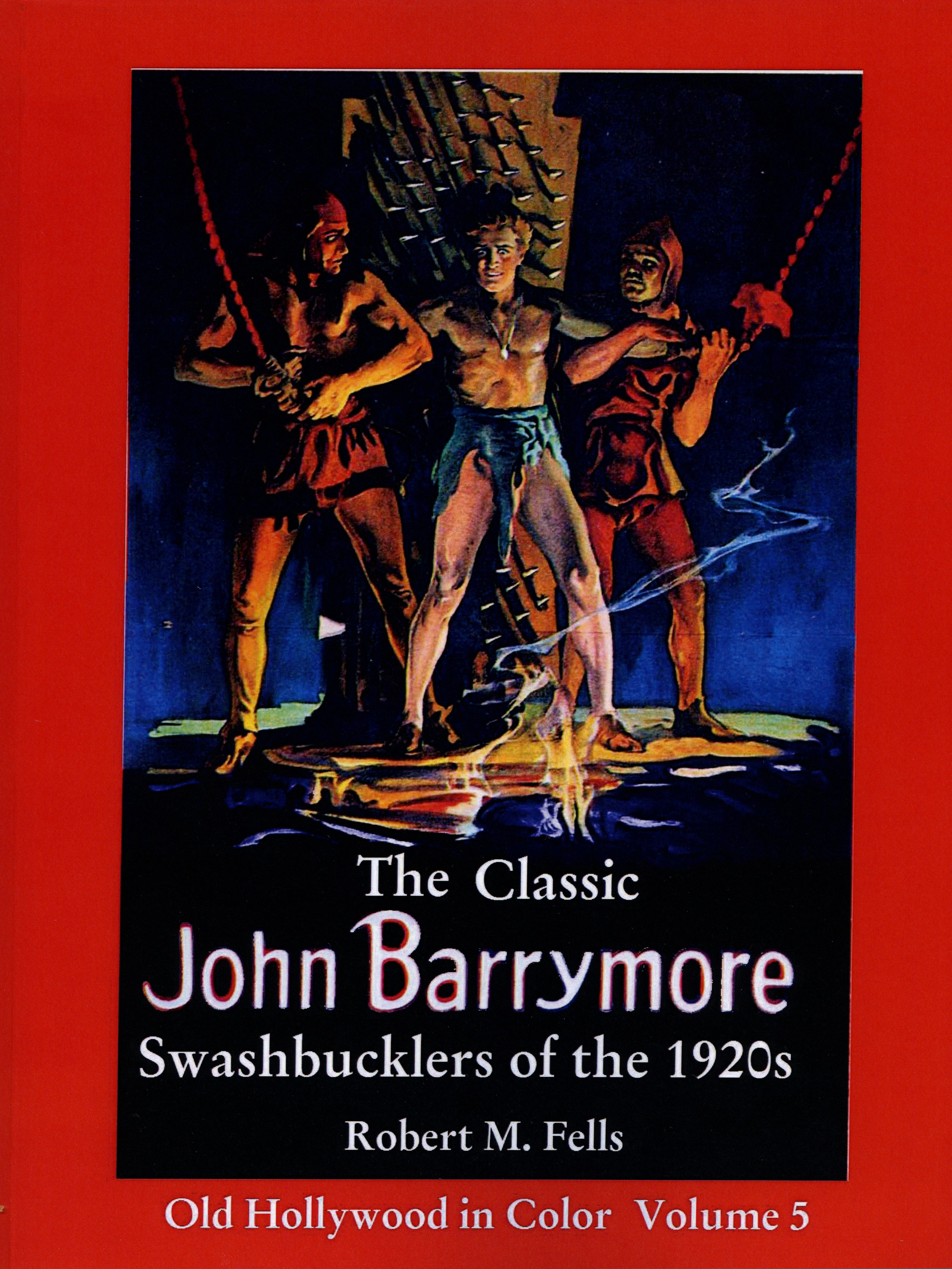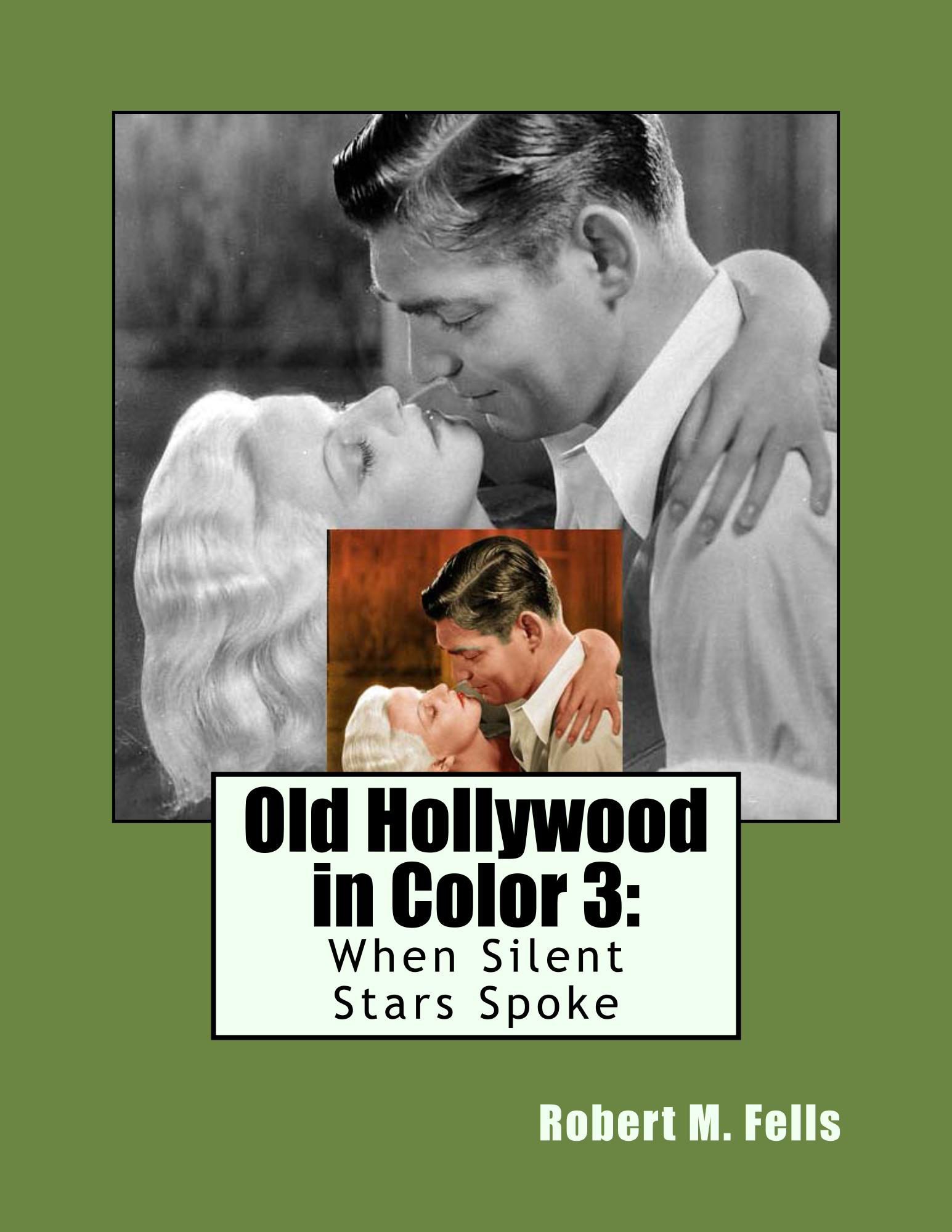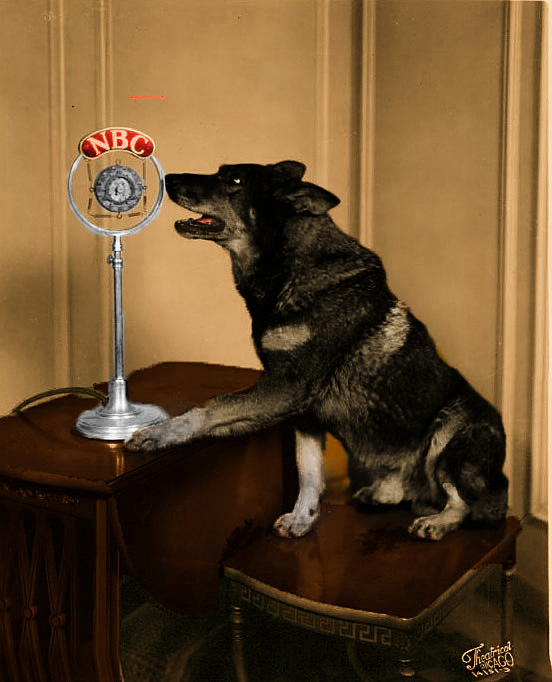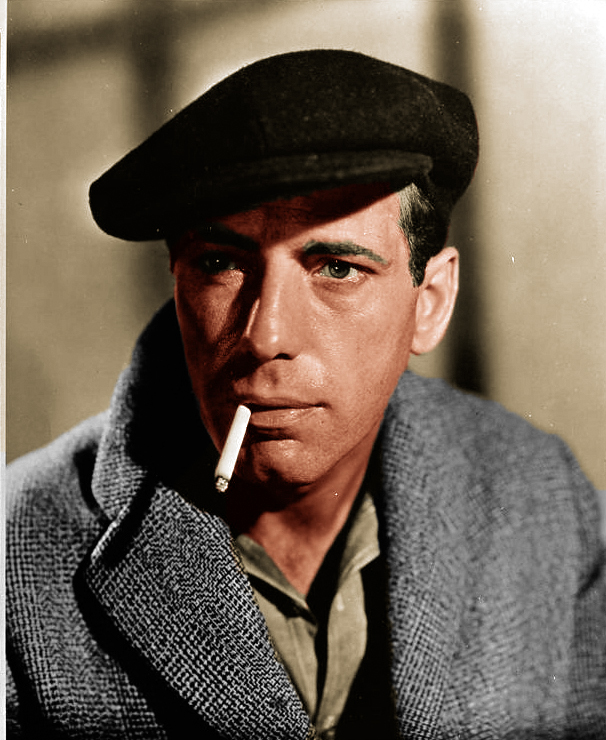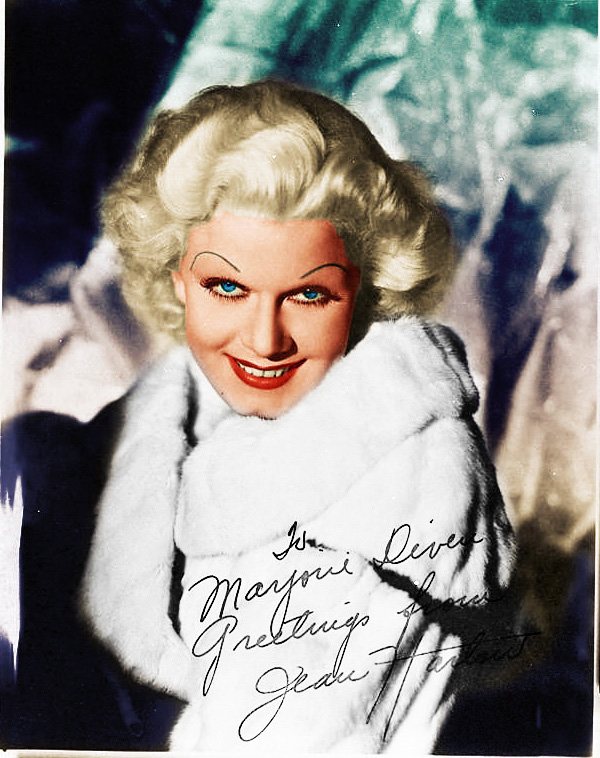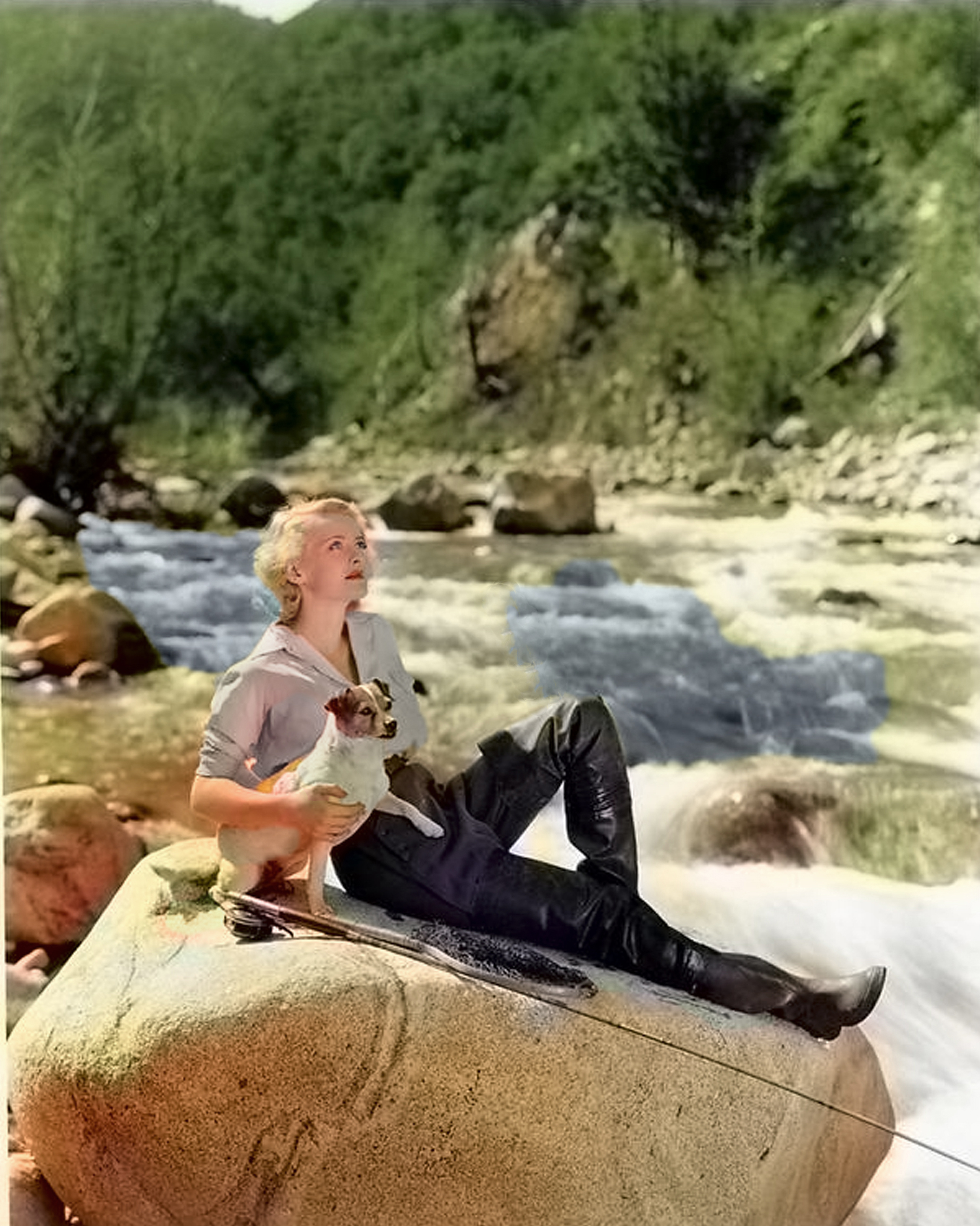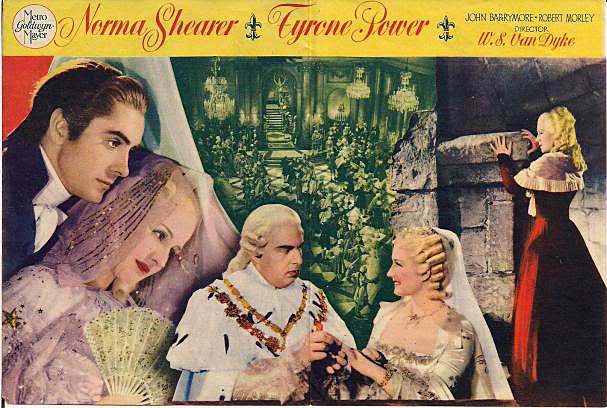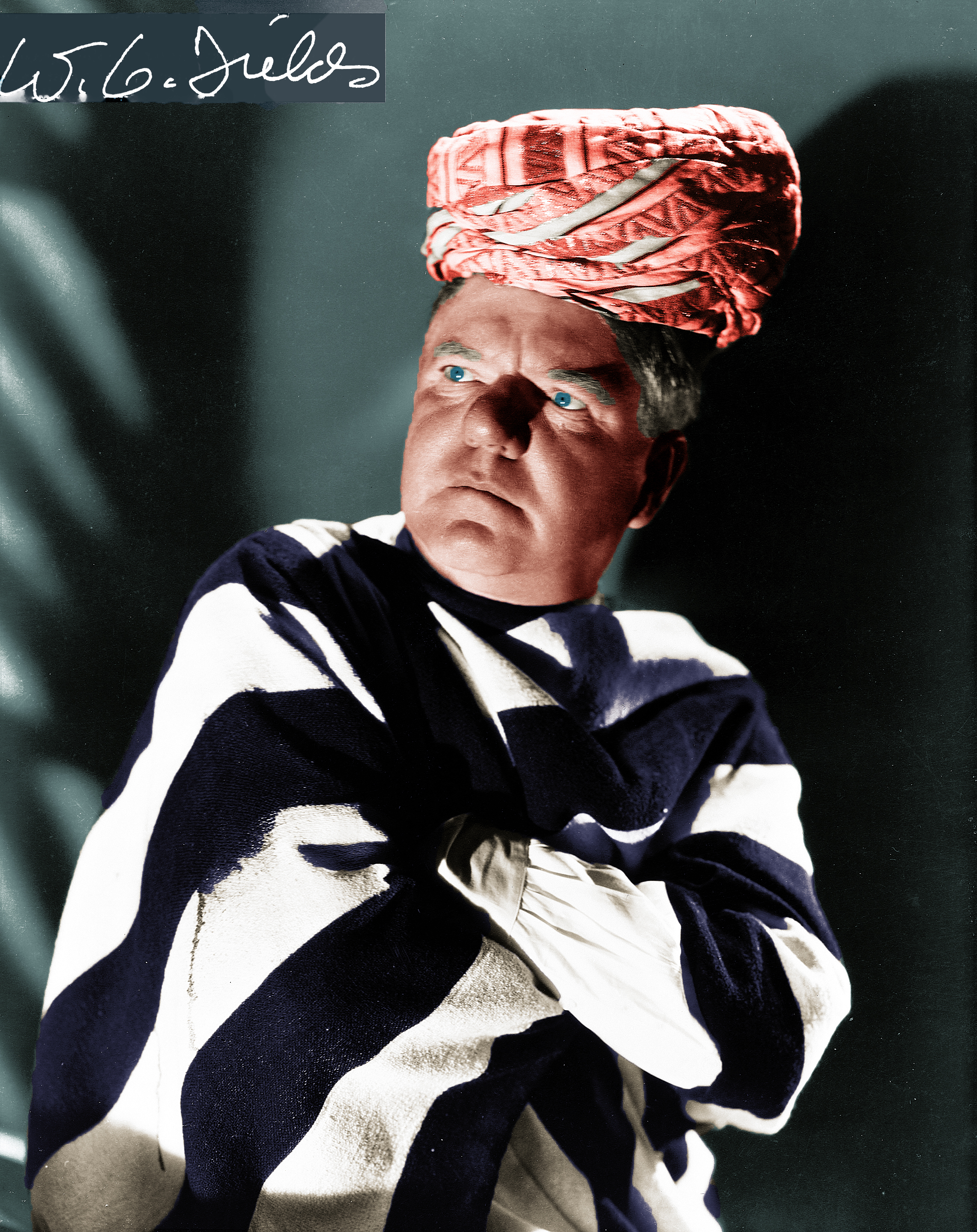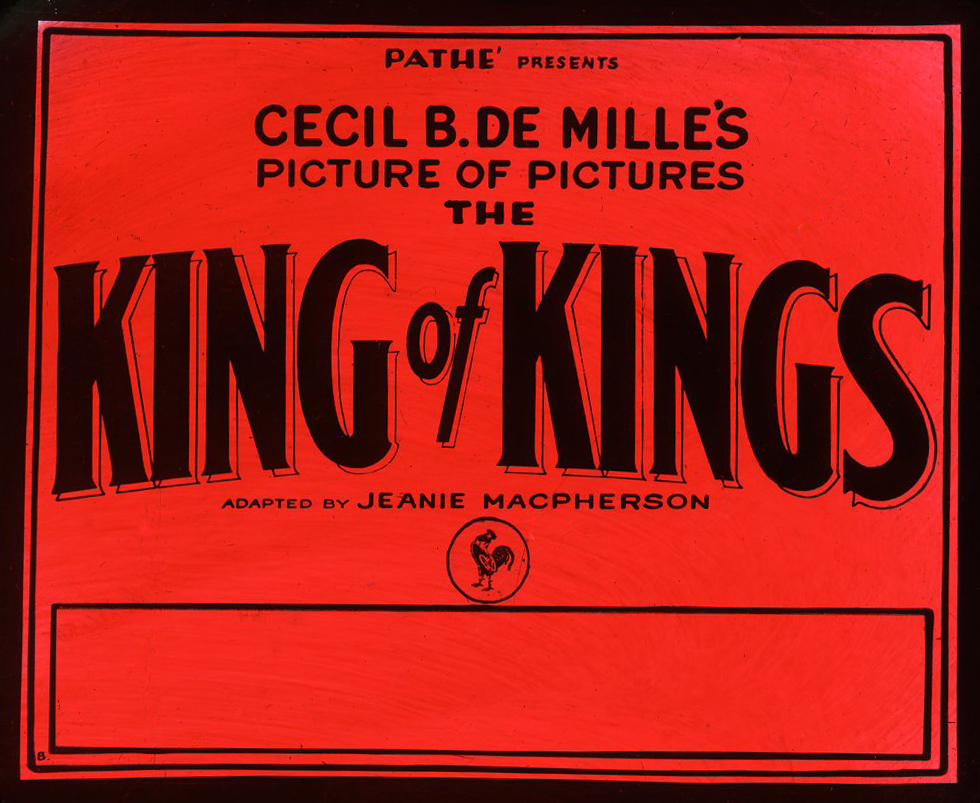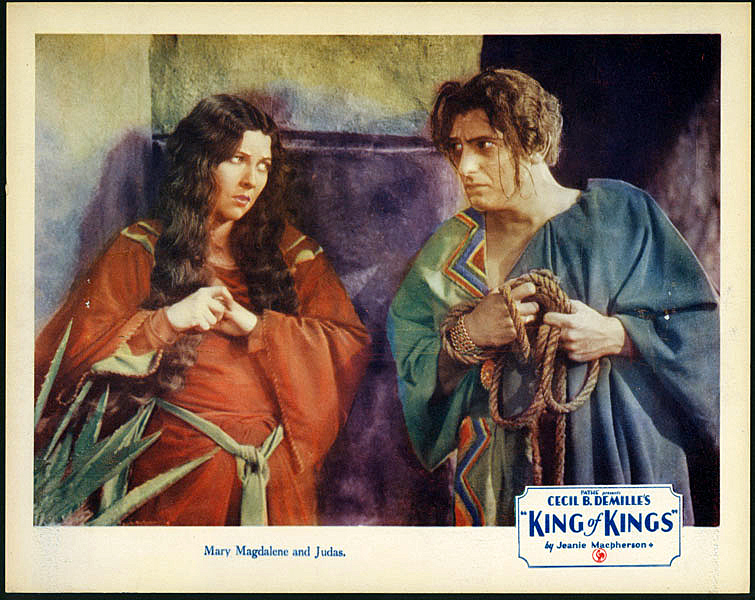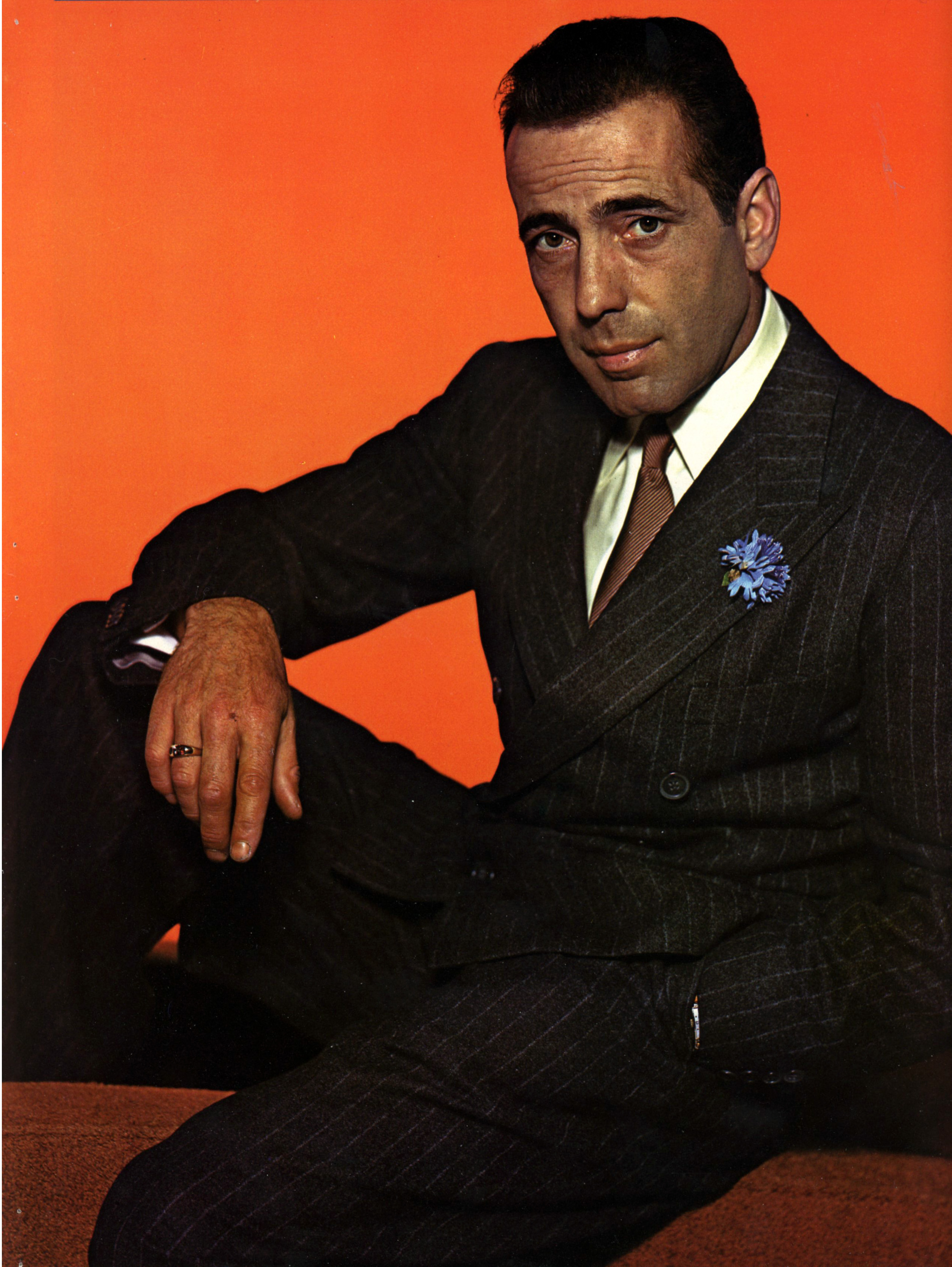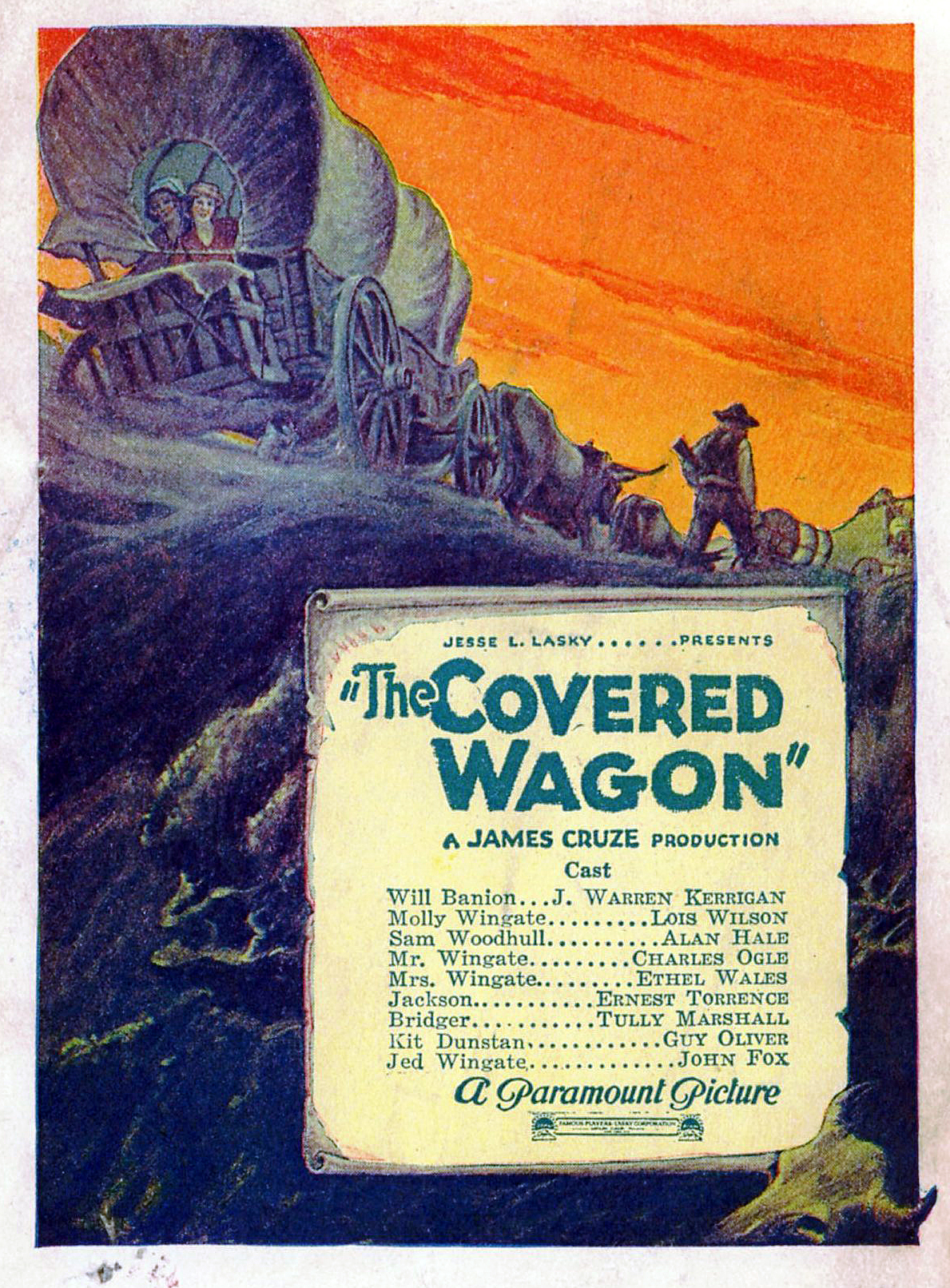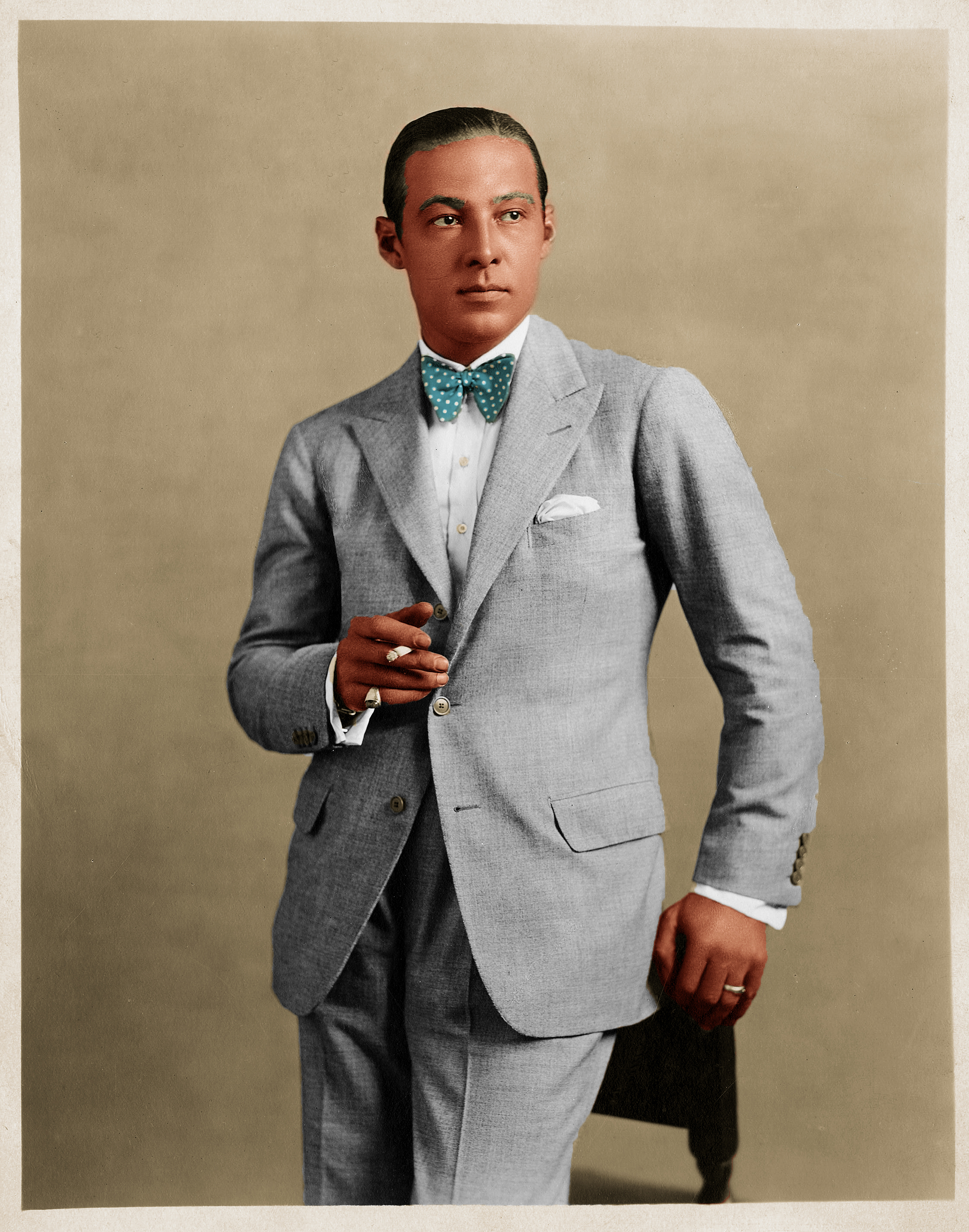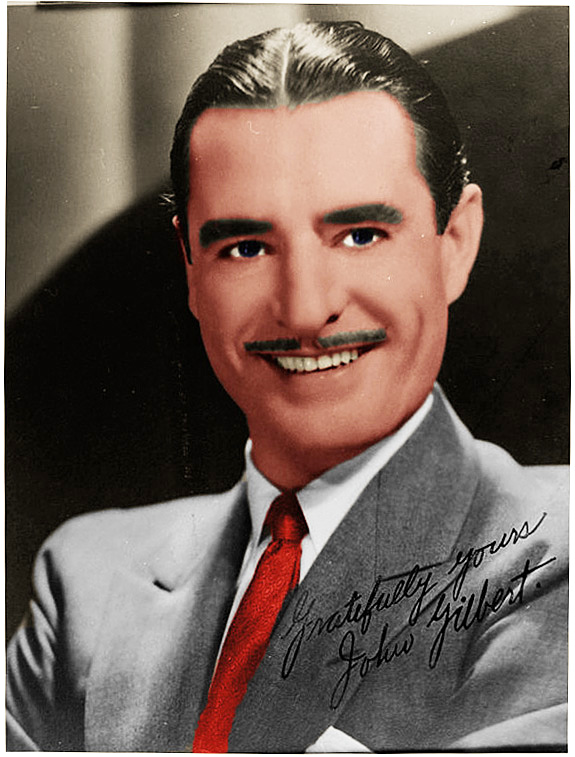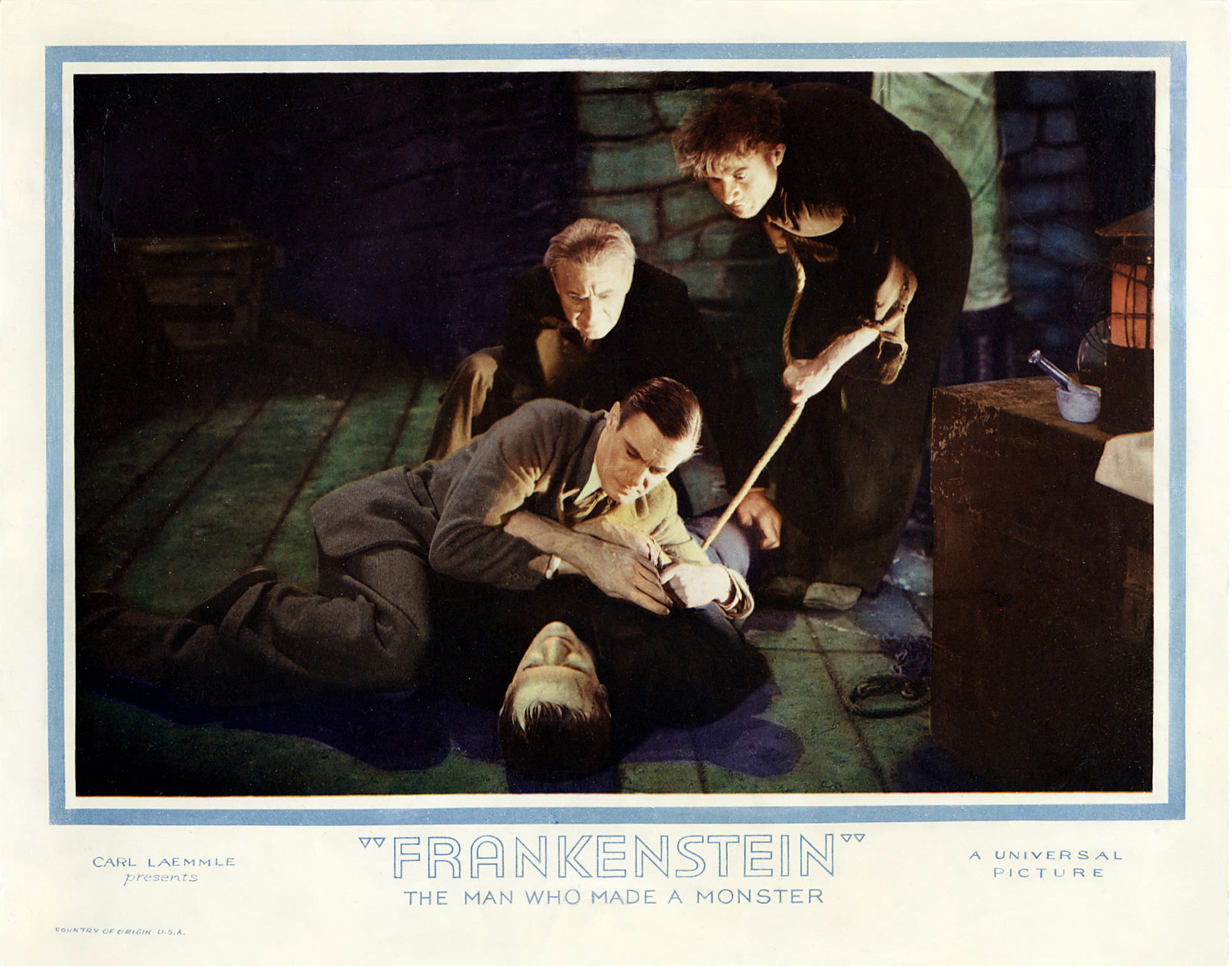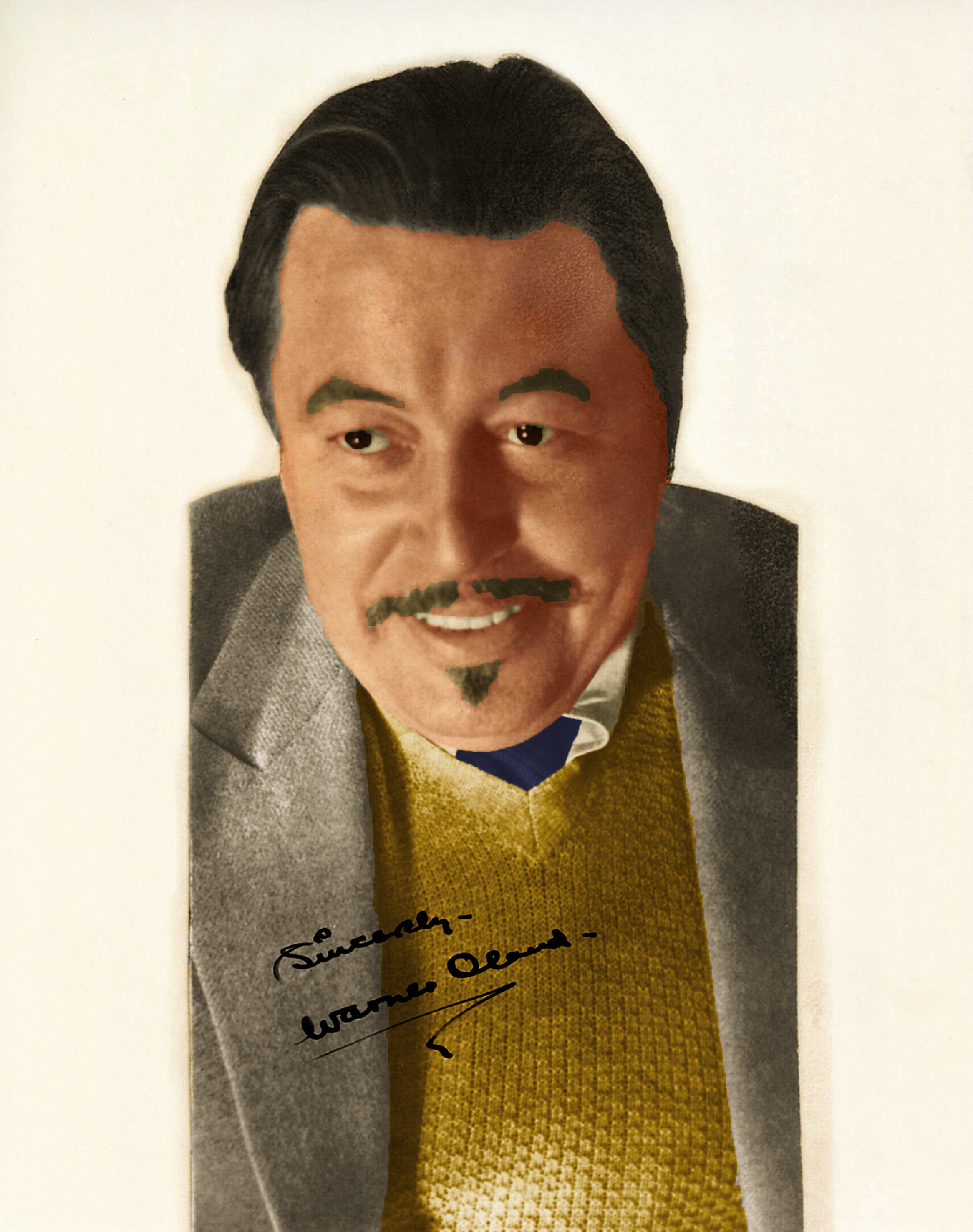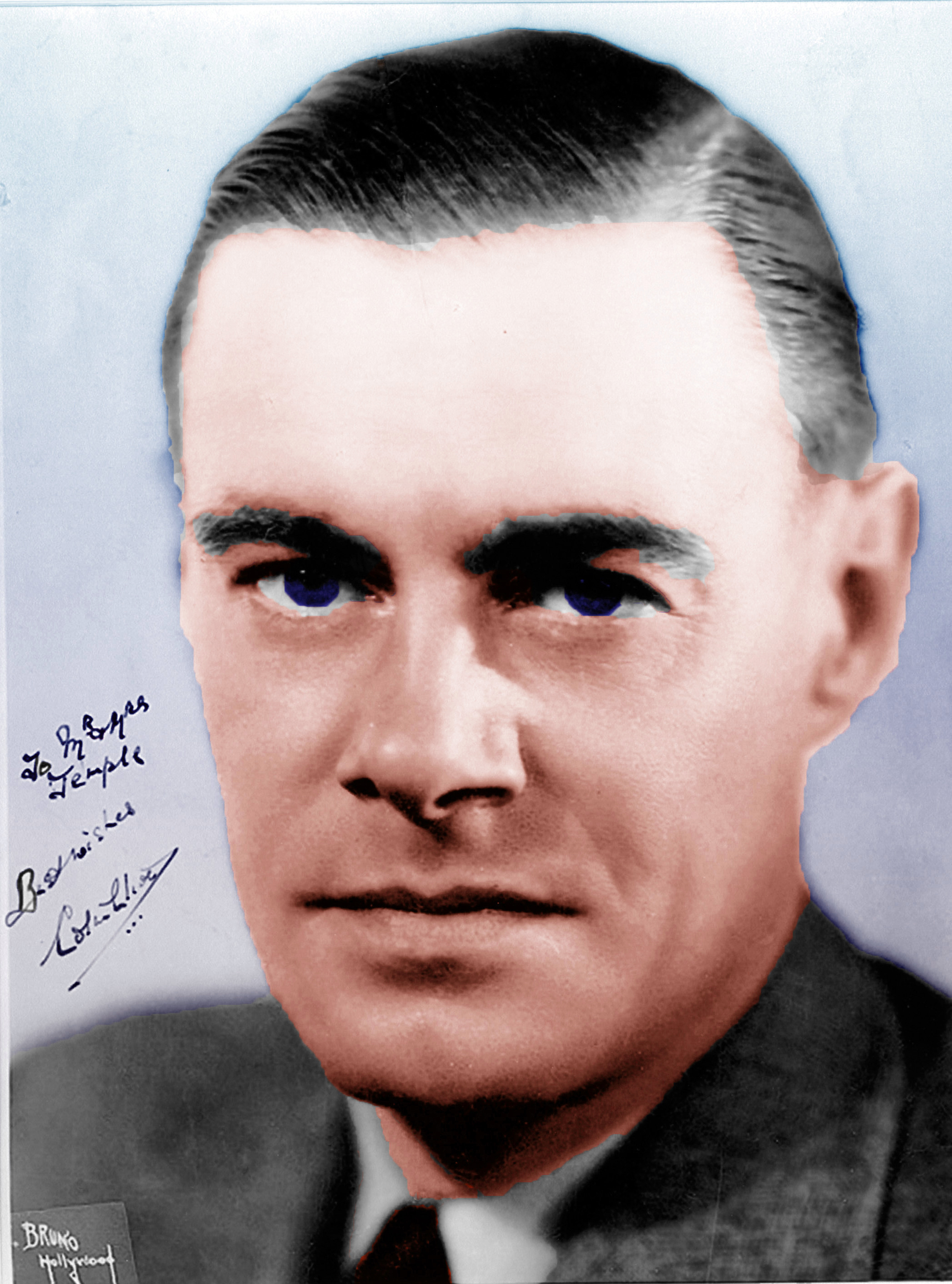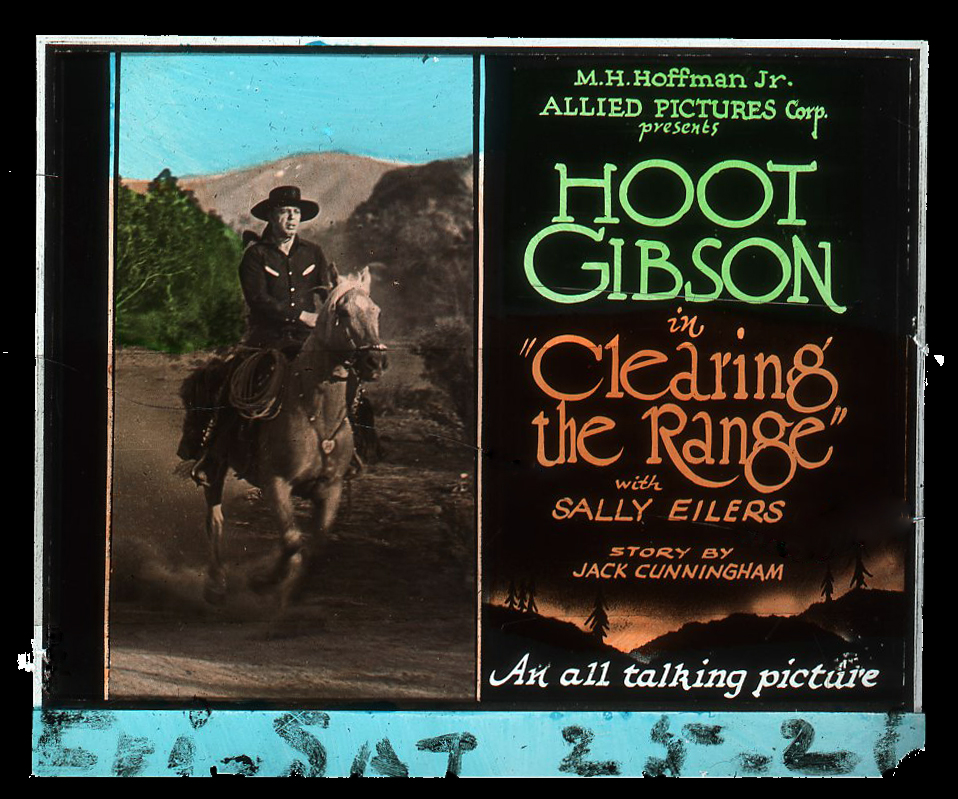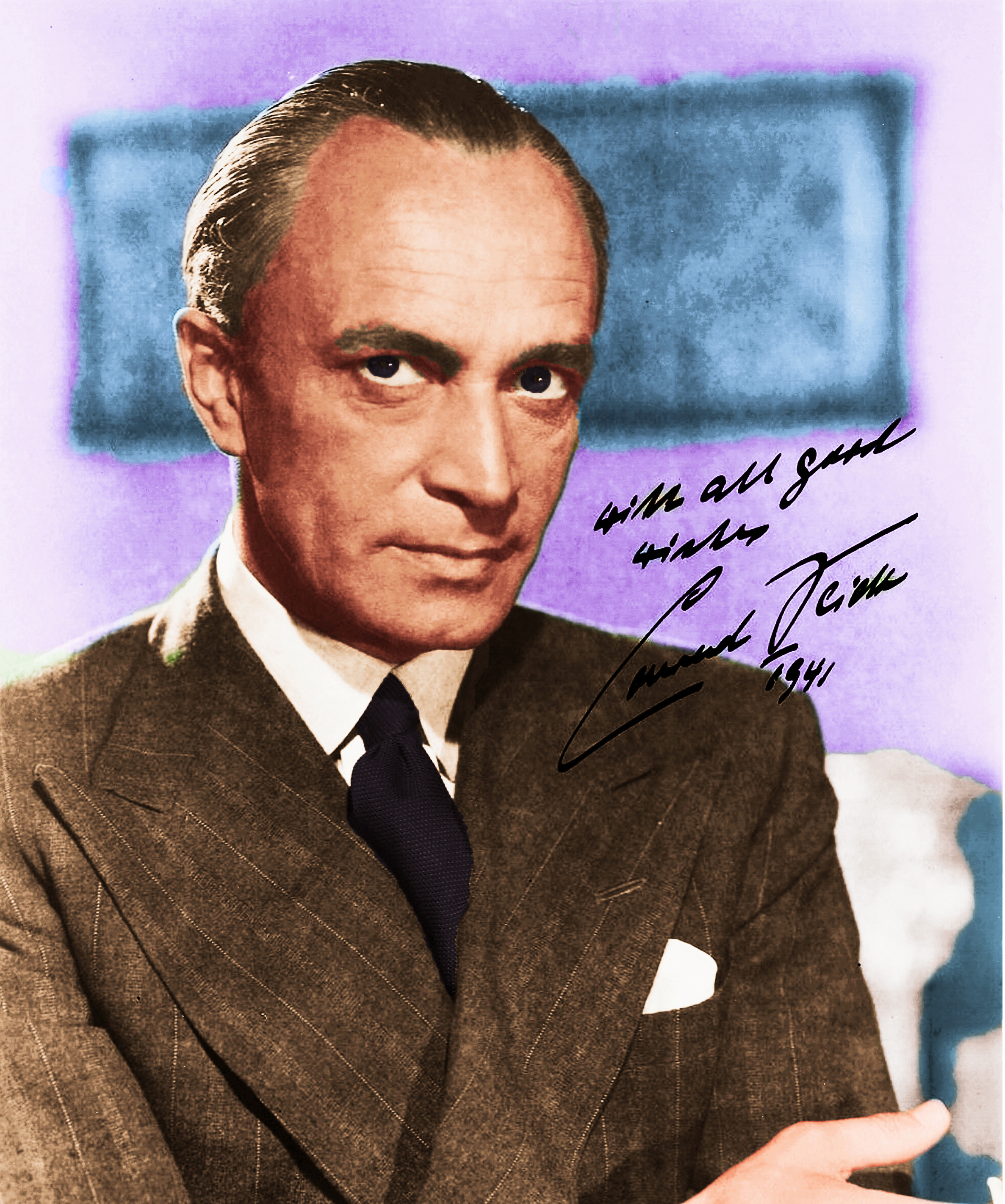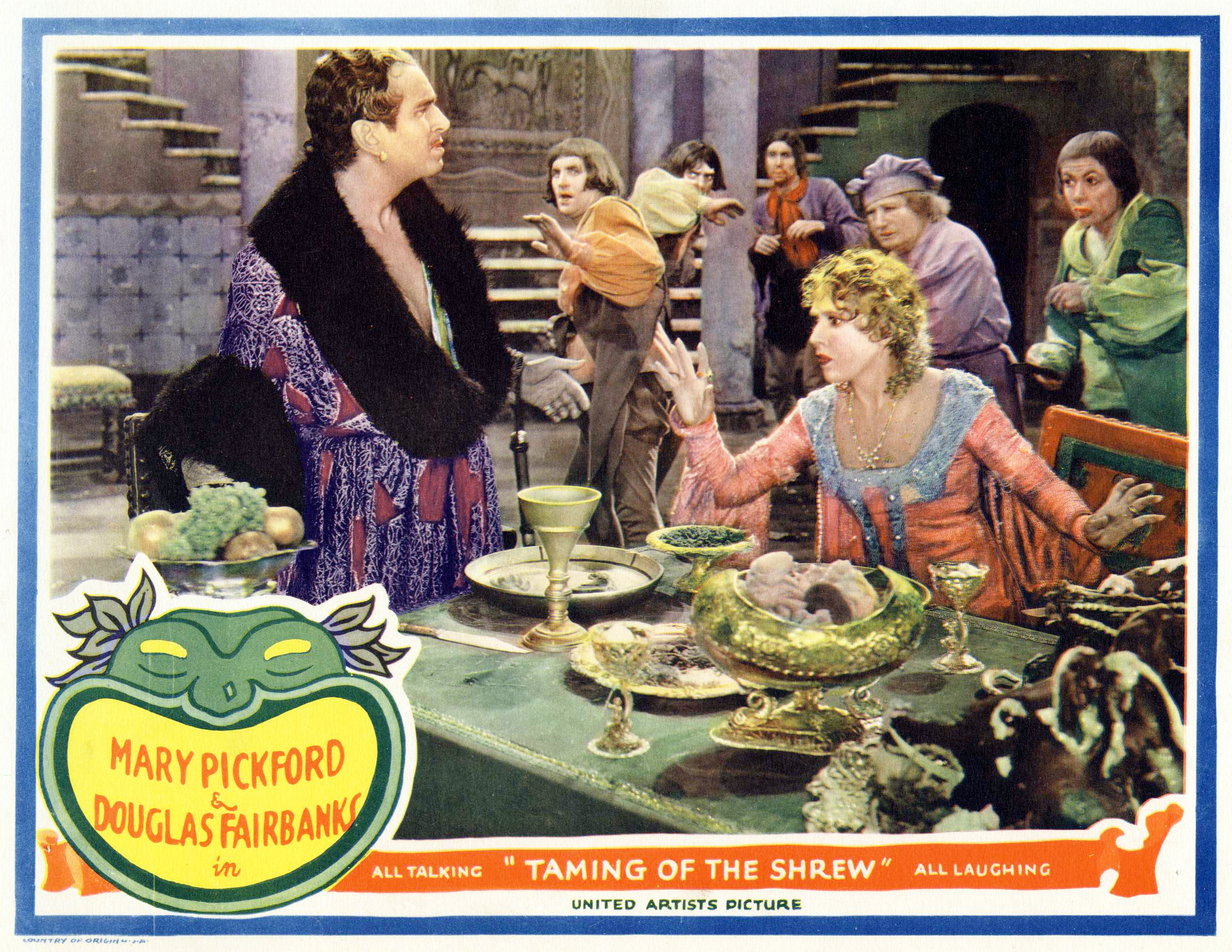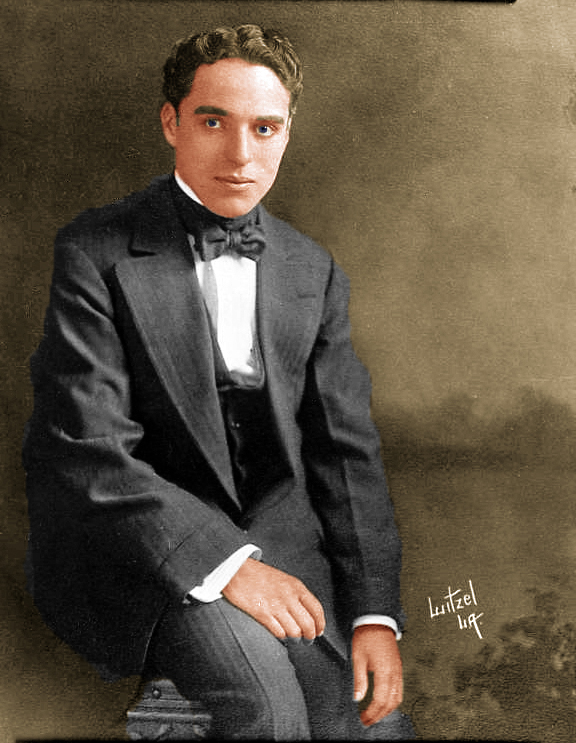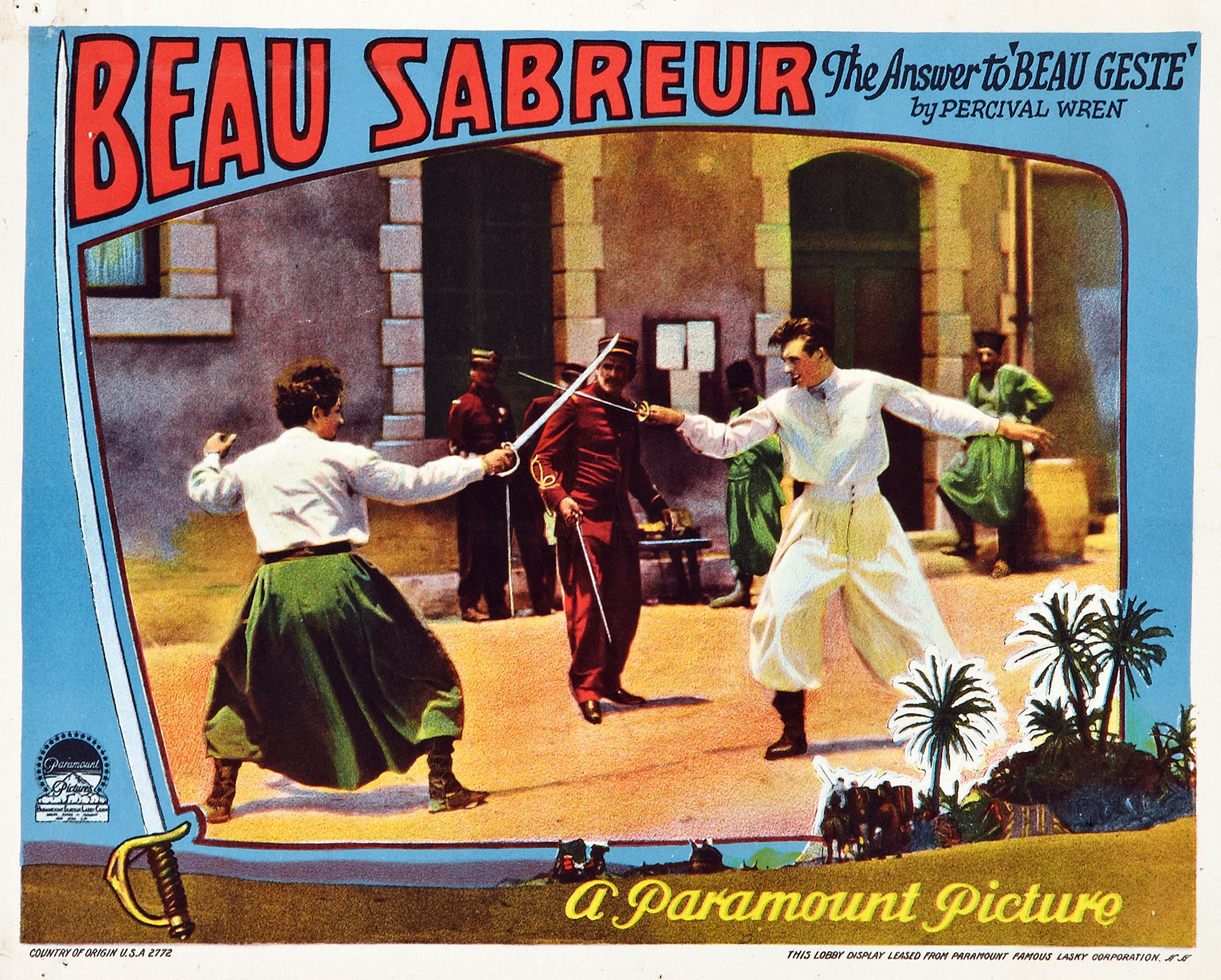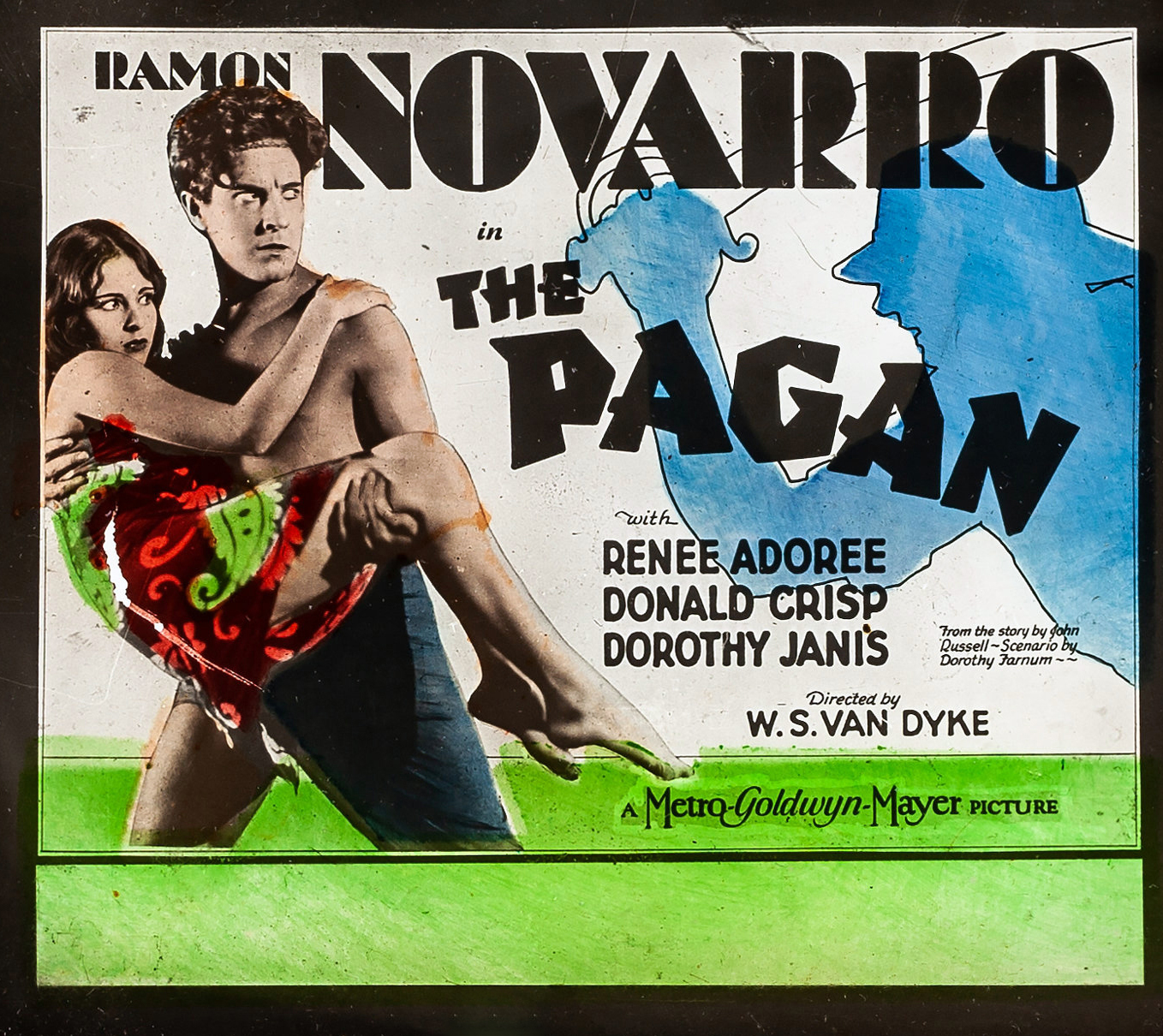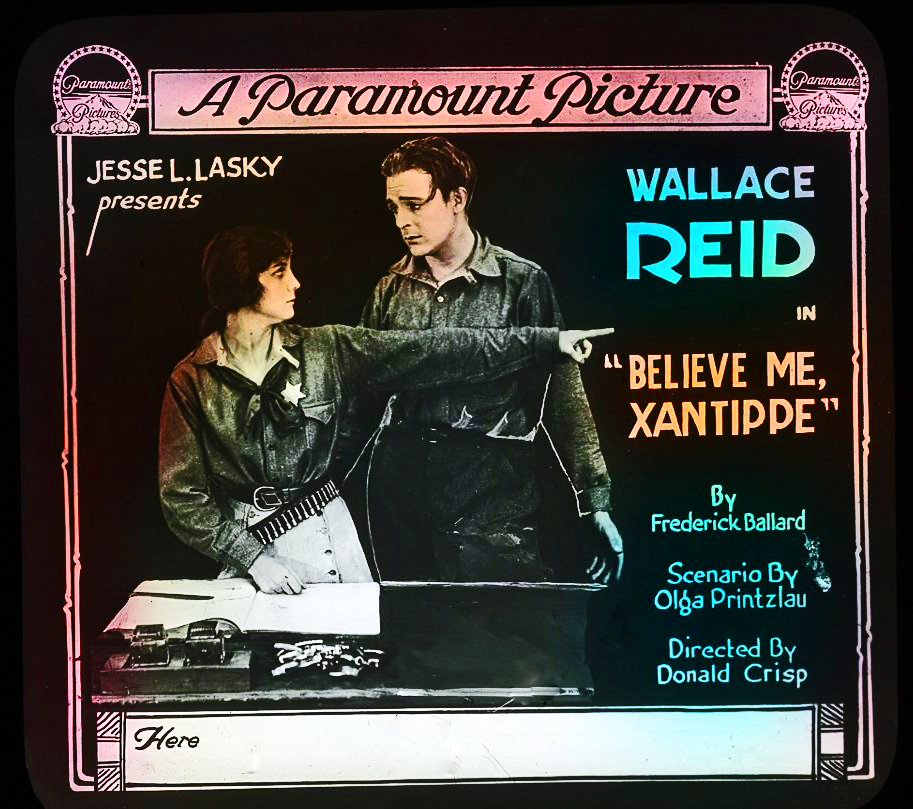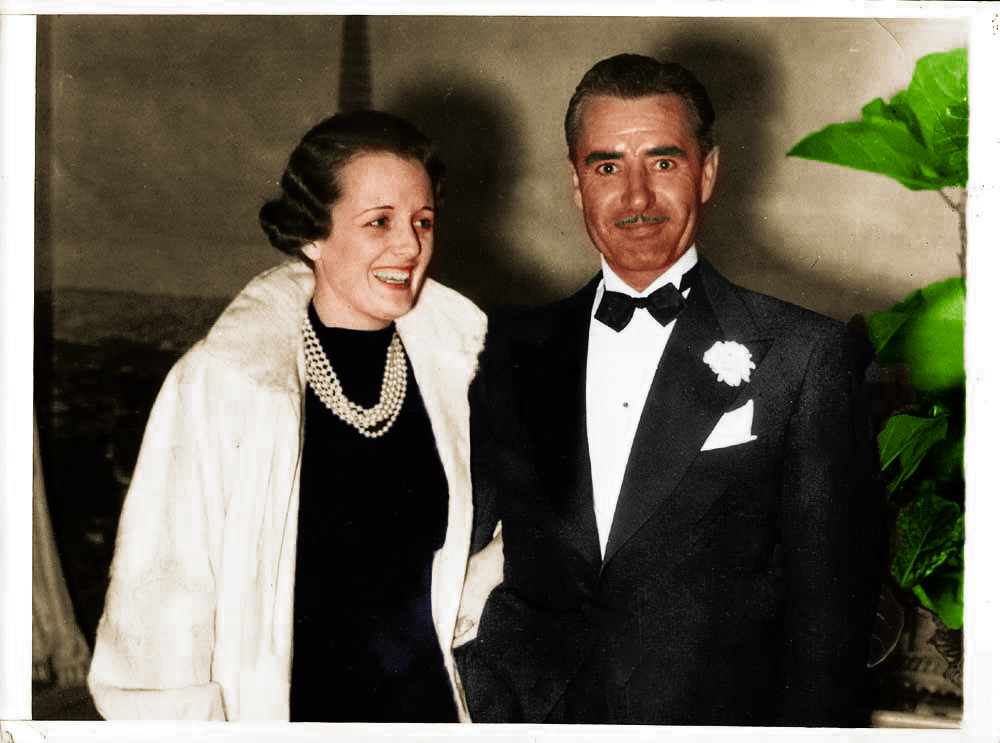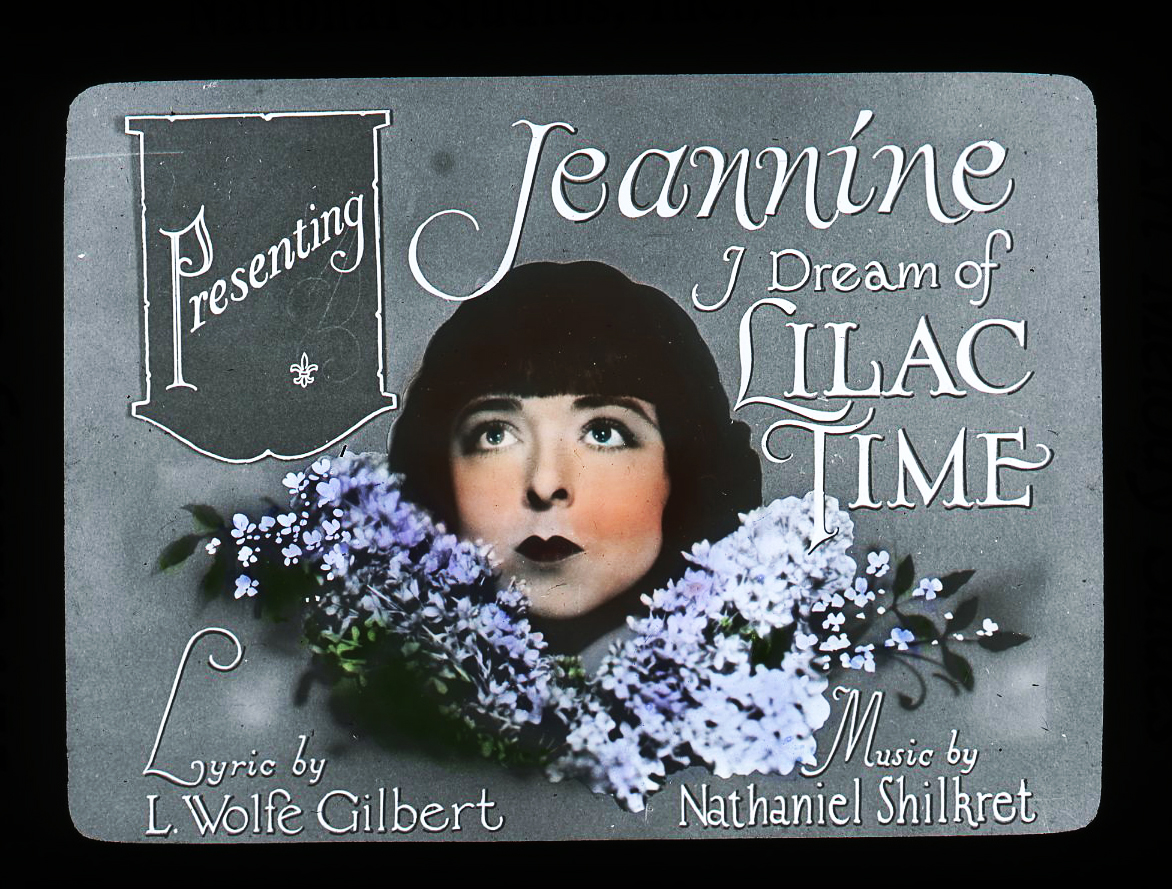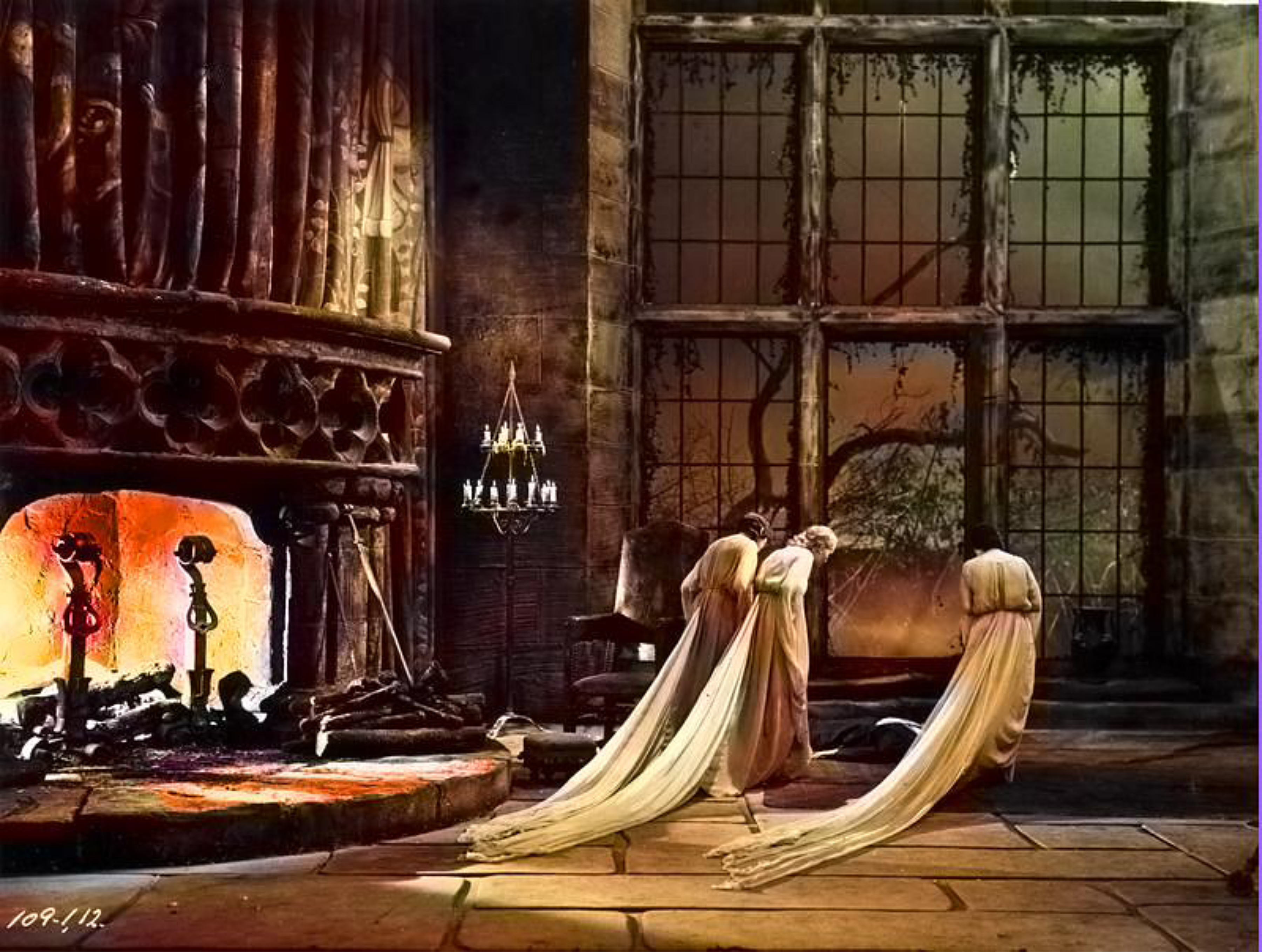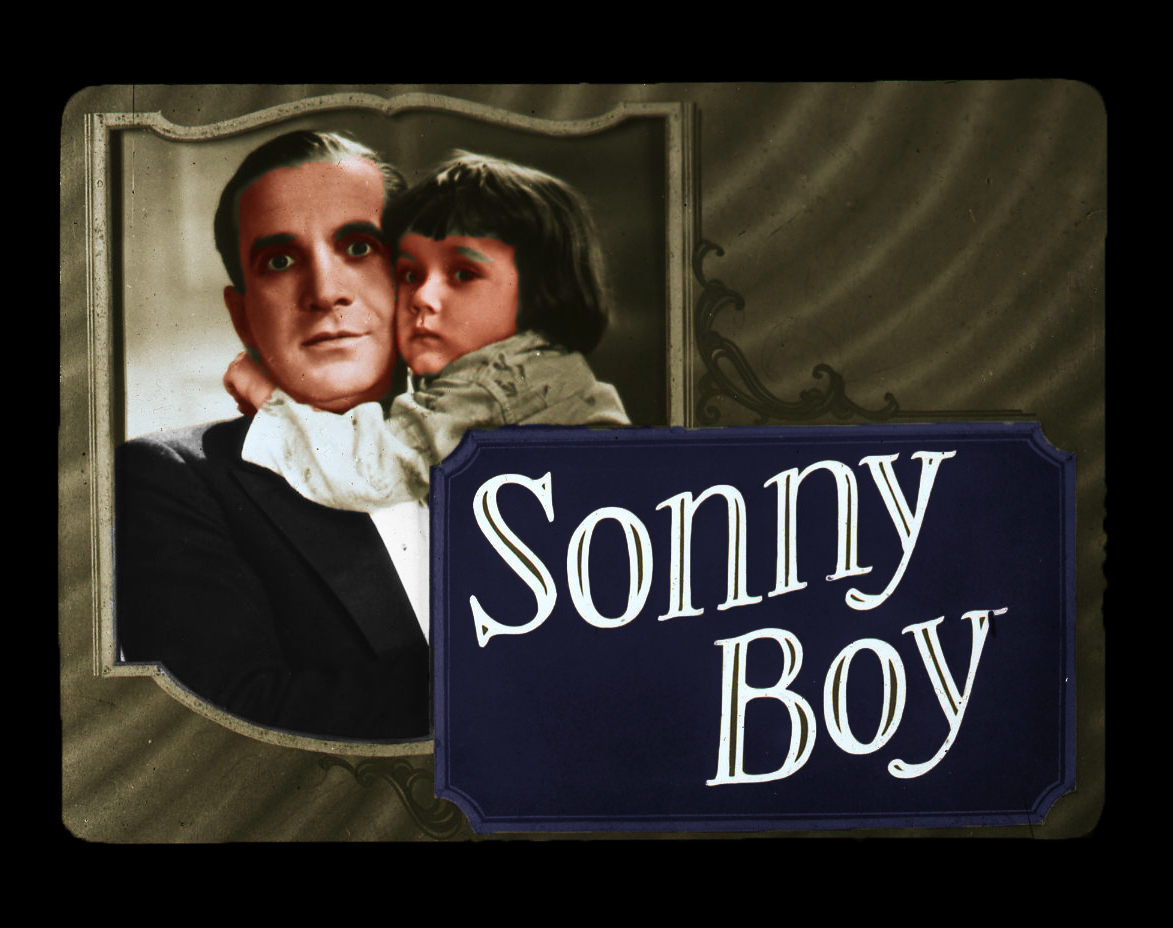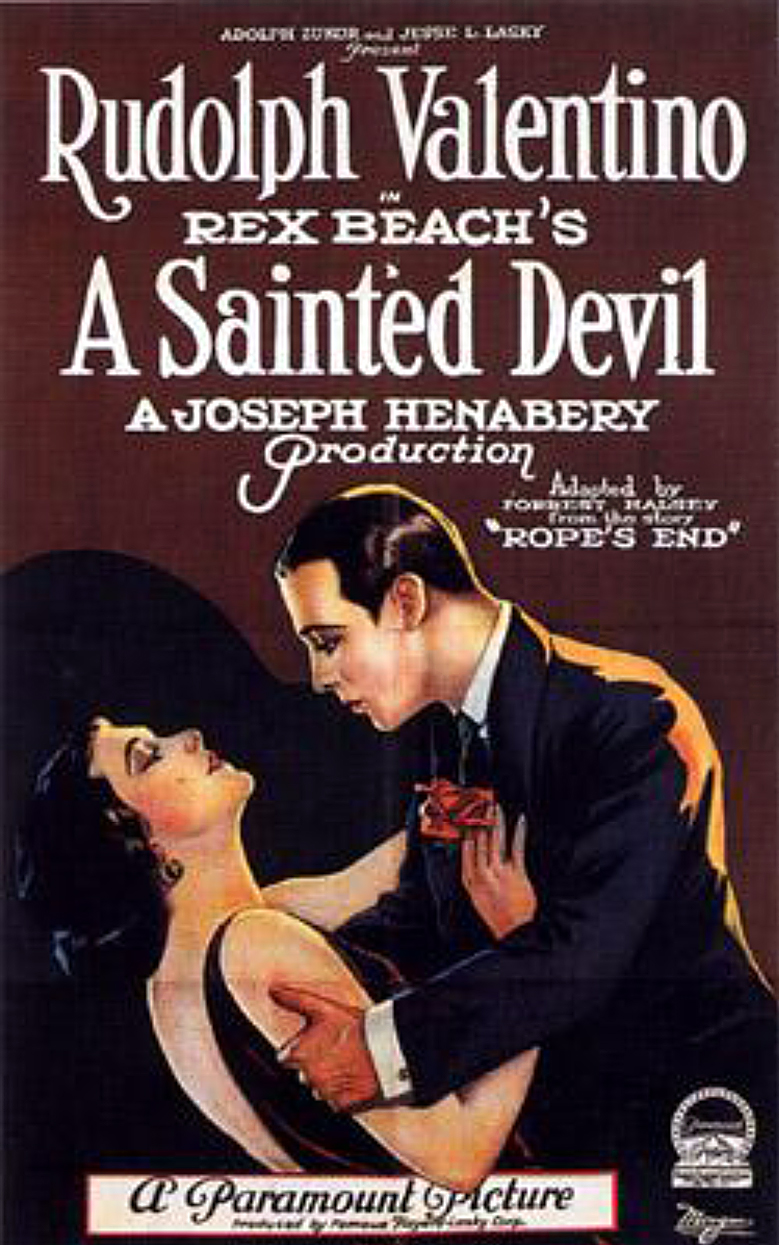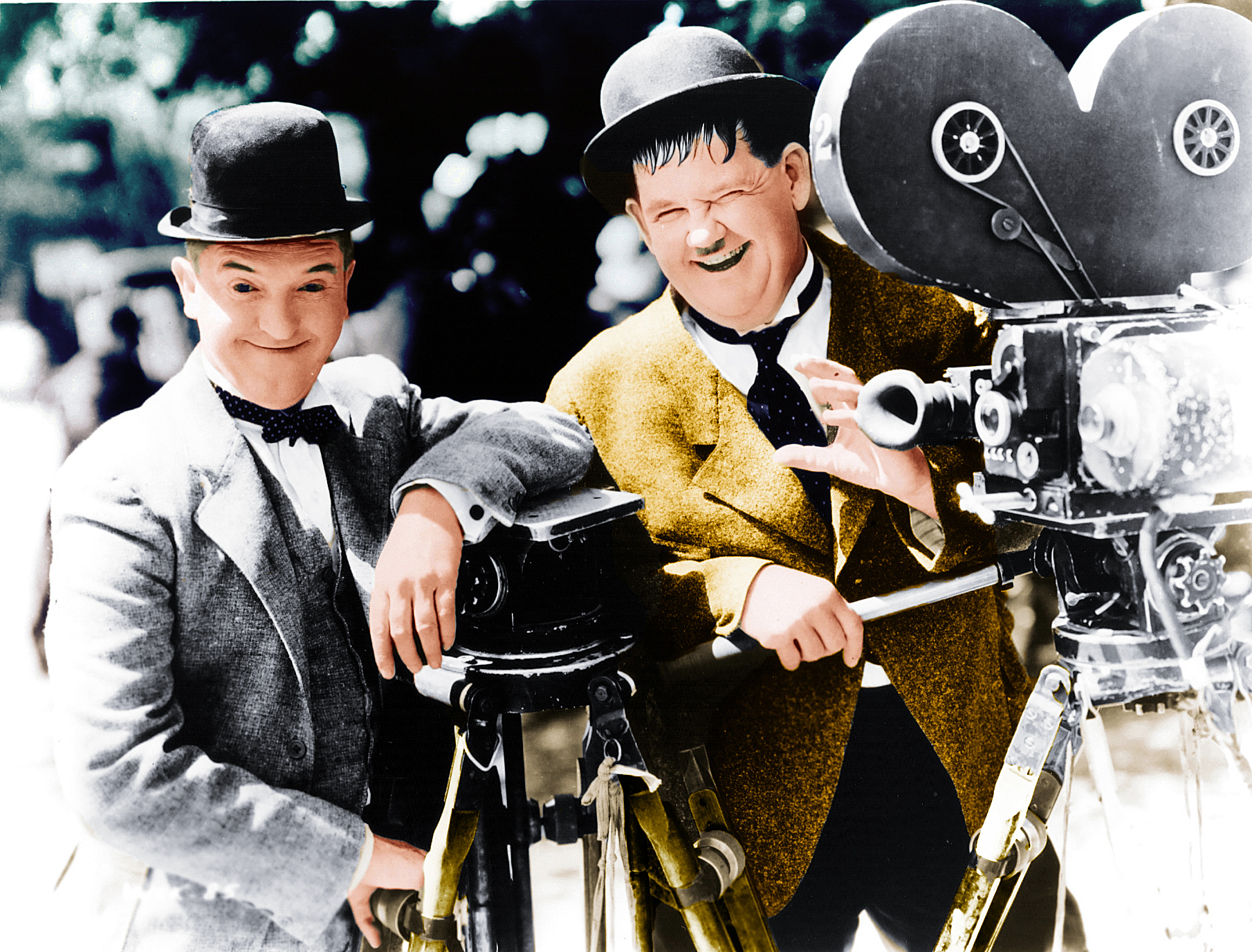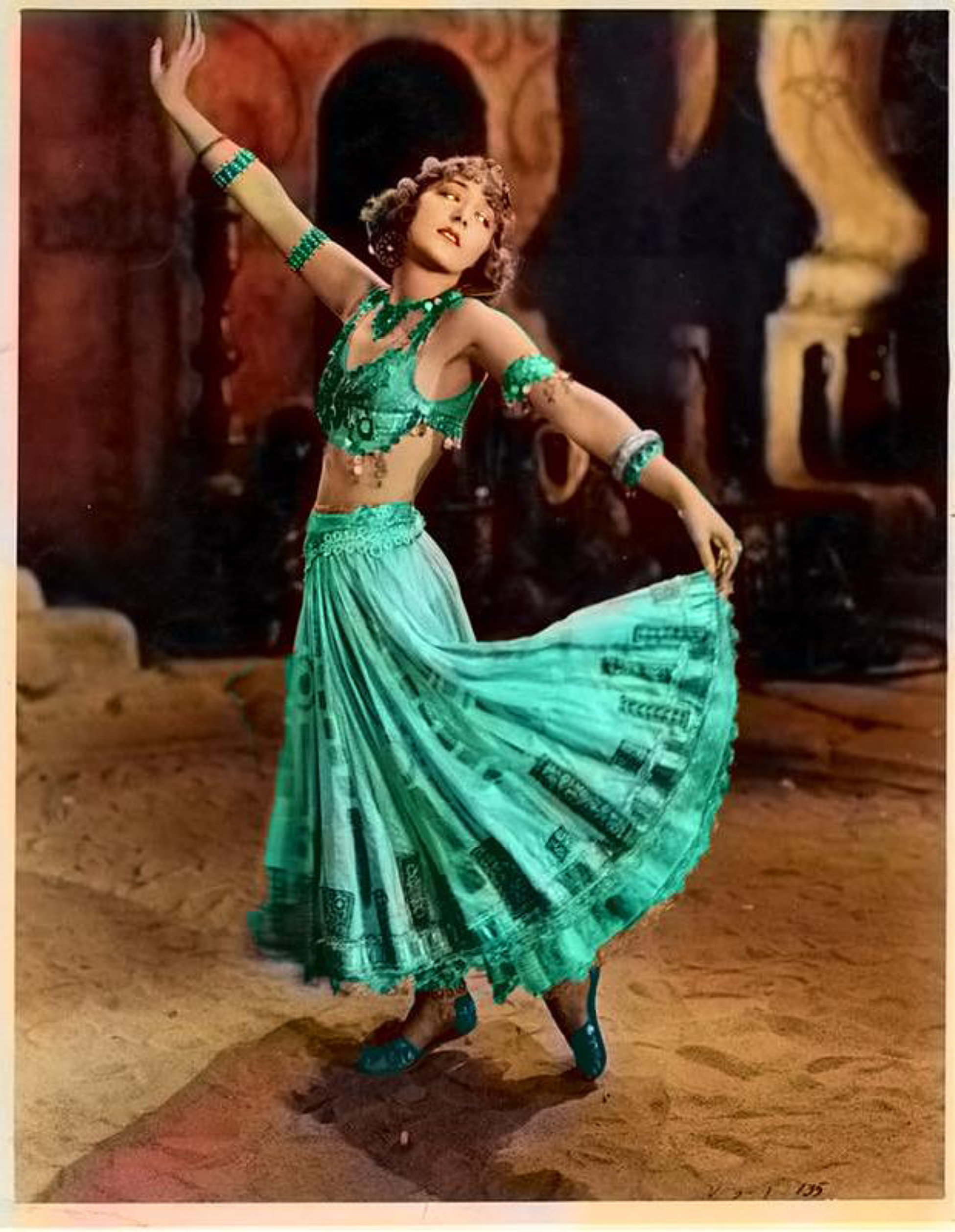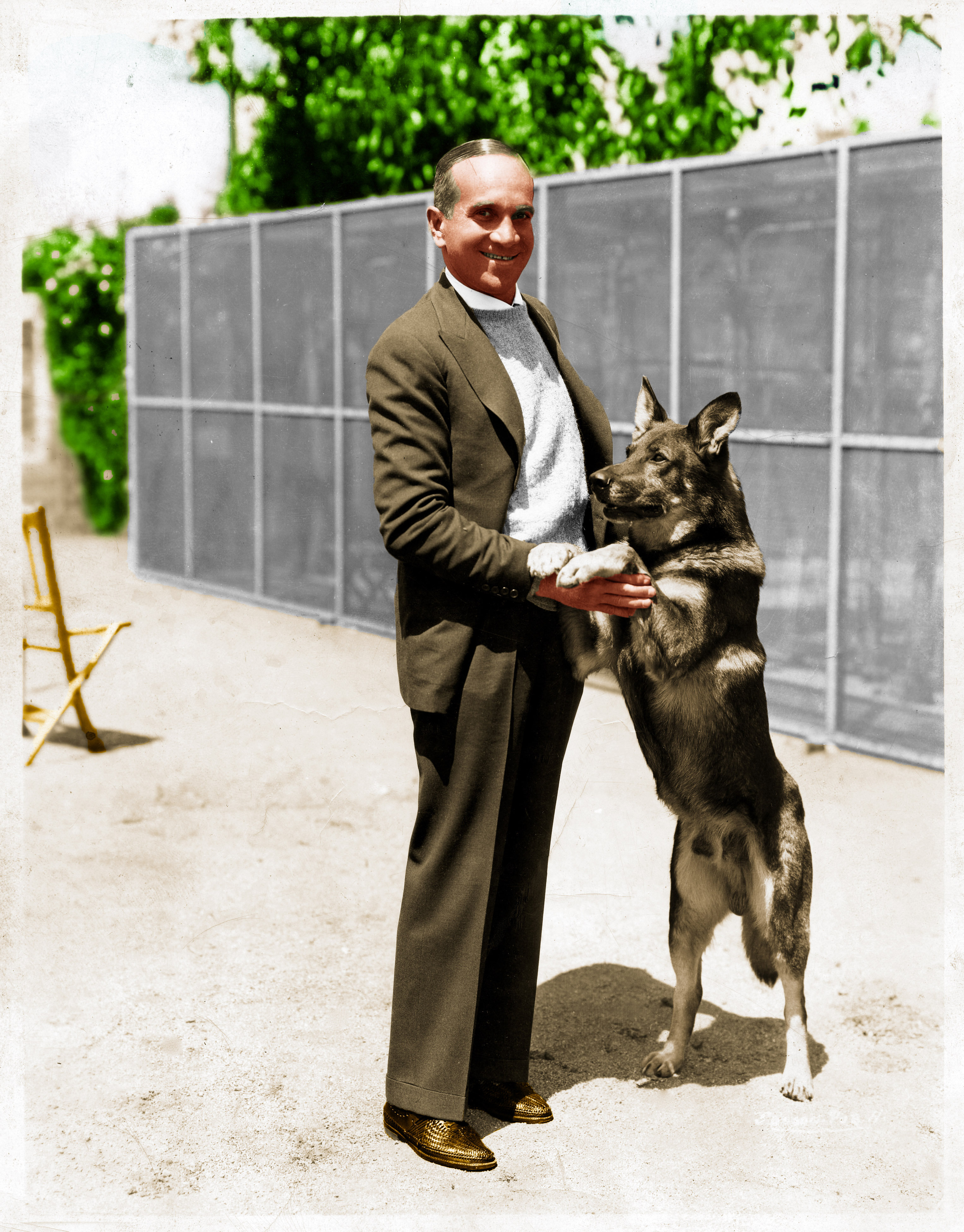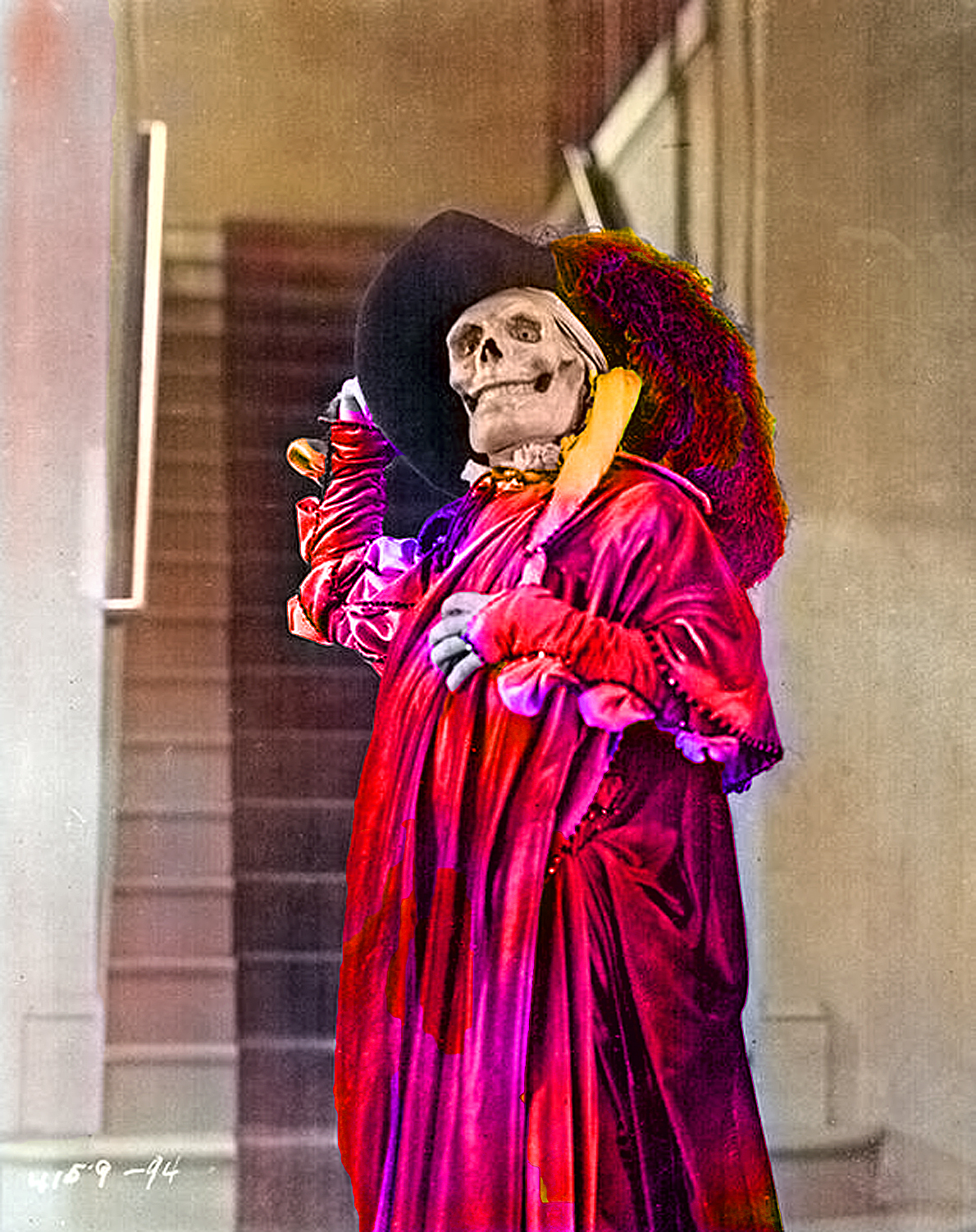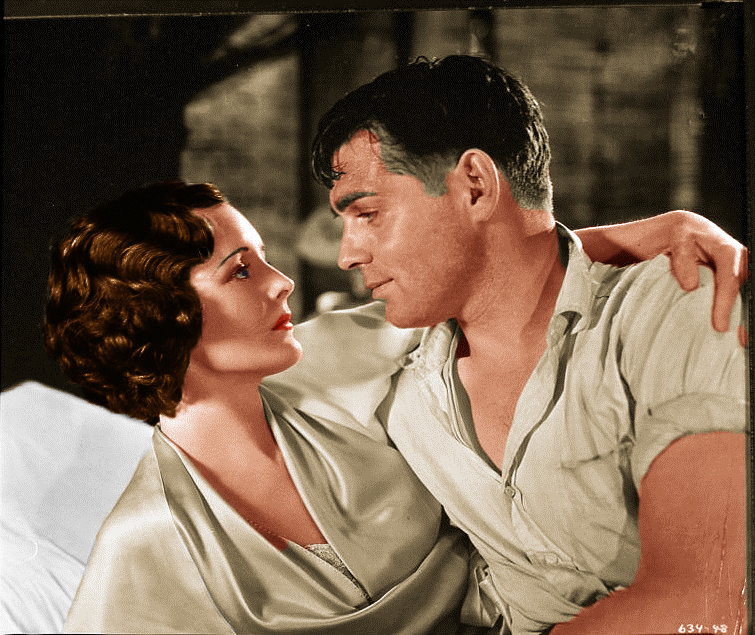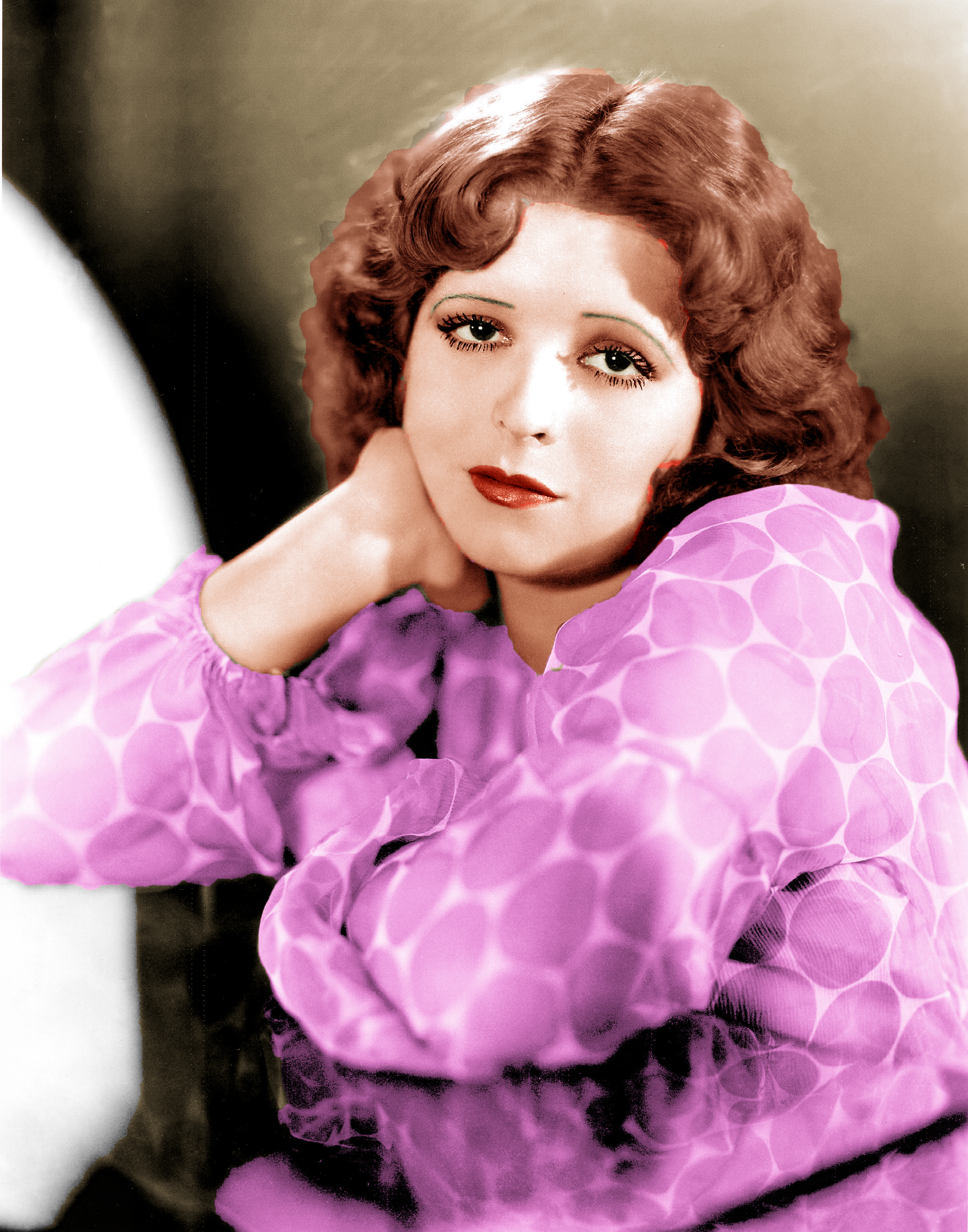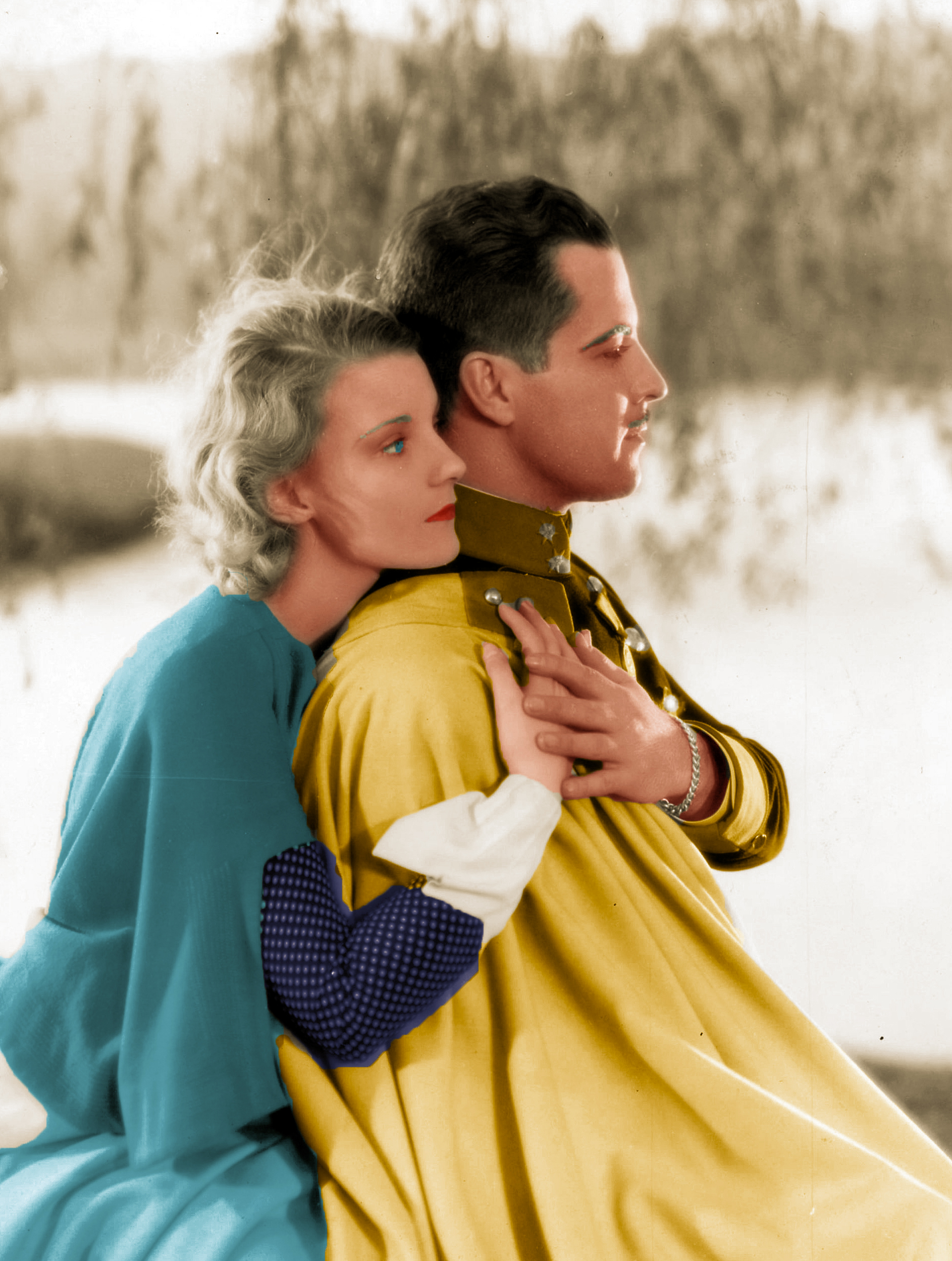This comment has been attributed to Carole Lombard after seeing herself in a color film. Black and white photography was long considered the coin of the realm and the highest praise was reserved for natural looking skin tones – even though nobody walked round in real life with gray skin. Perhaps we have always been mentally colorizing black and white photos in our imagination without realizing it. Color photography has always had to meet a higher standard because the images are supposed to look “natural” in a way that black and white has never been expected to.
In old Hollywood of the 1920s and 30s, genuine color photographs of celebrities were rare and many stars in fact were never photographed in color. Fortunately, digital software of the 21st century can be used to remedy this situation and the following portraits are examples.
Rudolph Valentino was the first romantic star to combine love and death, not that this was his intention. We devote a chapter to Rudy so for the moment let’s just say that Valentino became an iconic figure beyond his brief lifespan by appealing to the two most powerful forces in life. This photo was taken with a deliberate soft focus, which was quite popular in the 20s:

Speaking of which, Jean Harlow had the added benefit of sound films to create an indelible impression on the public. Like Valentino, Jean’s early death at the age of 26 established her as a legend she never could have imagined:

Humphrey Bogart made his first color film in middle age, but we present a more youthful Bogie in 1937:

Charlie Chaplin never appeared in a color film although his career spanned from 1914 to 1957. Here is a youthful Chaplin at the beginning of his phenomenal career, circa 1915:

Our colorized photo are only as good as the b/w source and this is a case in point. Photos from the 1920s had a variety of textures and “crystal clarity” was usually not one of them. Here is the genuinely charming Betty Bronson who was Peter Pan for a generation of movie-goers thanks to her 1924 hit film. She also played the title role in CINDERELLA (1925), the Blessed Virgin Mary in BEN-HUR (1925), and Al Jolson’s romantic interest in THE SINGING FOOL (1928). Her star faded thereafter but she continued to grace films with her presence well into old age:

W.C. Fields supposedly “hated” children and dogs but the facts were different. Here he seems to be reviewing his script with one of his co-stars on the set of IT’S A GIFT (1934):

Hungarian beauty Vilma Banky played a variety of leading ladies on the silent screen – a fiesty American cowgirl in THE WINNING OF BARBARA WORTH (1925), a Russian heiress in THE EAGLE (1925), and a fiery senorita in TWO LOVERS (1928). But when sound arrived, Vilma’s thick accent proved a liability and she used her celebrity status to make a fortune selling real estate:

The transition from silent to sound films in the late 20s had a widely varying effect on the careers of film stars. Here are Mary Astor and John Gilbert at a movie premiere in 1935. Both became popular during the silent era, Gilbert actually becoming a superstar. Astor had transitioned by 1935 to leading roles in the talkies while Gilbert was unemployed and died a few months later:

Mary Astor again, with hunk Clark Gable in RED DUST (1932). Were this film made a few years earlier, say in 1929, John Gilbert might have been Astor’s co-star because Gable was then an unknown actor:

John Barrymore was Hamlet to theater-goers of the 20s and he moonlighted by filming big budget swashbucklers such as DON JUAN (1926) and THE BELOVED ROGUE (1927). He made an effortless transition to sound films but his alcohol-fueled lifestyle caught up with him. Here he is on the comeback trail in 1938:

German beauty Camilla Horn made quite an impression in Murnau’s FAUST (1926) so Hollywood beckoned. She made two films with John Barrymore then resumed her career in Germany just as sound was arriving:

Unrecognizable, this is John Barrymore as the “King of Fools” in THE BELOVED ROGUE (1927). In case viewers doubted that the Great Profile was really beneath that makeup, the film shows him removing it:

Conrad Veidt was another German film star of the 20s who was brought to Hollywood to co-star with John Barrymore in THE BELOVED ROGUE. Veidt returned to Germany with the advent of sound films but within a few years fled Nazi Germany, first to Britain, then resumed his career in America by 1940. Best known today for two films that bookend his career, THE CABINET OF DR. CALIGARI (1919) and CASABLANCA (1942), Veidt died of heart failure while playing golf in 1943:

Judy Garland was no stranger to color films beginning in 1939 with THE WIZARD OF OZ. But here she is part of an unusual trio with Irving Berlin playing and singing his songs with Judy, while MGM boss Louis B. Mayer seems to be enjoying the private concert:

Russ Colombo was Bing Crosby’s rival in the early 30s, with hit records, a radio show, and the promising start of a film career. But his life was cut short in a bizarre accident with an antique pistol in 1934:

Talk about ill-fated, if Helen Chandler and Ramon Novarro seem to be looking forward to their future, they won’t like what they see. From DAYBREAK (1931):

This is a genuine original color photo – Harry Carey began making films with D.W. Griffith in 1913 and then starred in westerns for the next 30 years. Still going strong in 1941, with co-star Betty Field in THE SHEPHERD OF THE HILLS:

An unusually dapper Al Jolson circa 1933:

Silent superstar and film producer Douglas Fairbanks tried his luck with talkies but his heart wasn’t really in it. His co-star here, Edward Everett Horton, would enjoy an extraordinarily long career in talkies. From REACHING FOR THE MOON (1931):

John Gilbert again, looking confident and assured in 1933. He refused to let MGM buy out his million dollar contract and MGM seemed unable – some say unwilling – to find good films for him:

Stan Laurel and Oliver Hardy both had long careers in silent films before producer Hal Roach teamed them in 1927. While they are remembered for their hit sound films such as SONS OF THE DESERT (1933), personally I think their silent films contain their best work:

Sometimes silent film villains made effective talkie heroes. Warner Oland is a case in point having played a variety of bad guys including his specialty of Asian characters, then played Charlie Chan in 22 talkies:

Lillian Gish lived to be 99 years old and wealthy even though her film stardom ended with the silent era. Described as sweet and virginal, her films continue to be praised today, not only the blockbusters such as THE BIRTH OF A NATION (1915), but smaller films as well such as the rural romance, TRUE HEART SUSIE (1919). Here is Gish in an uncharacteristic pose, circa 1919:

If Lillian Gish projected virginity, then Clara Bow projected something entirely different. She was called the “It Girl” and everybody knew what “It” referred to. Clara Bow circa 1927:

